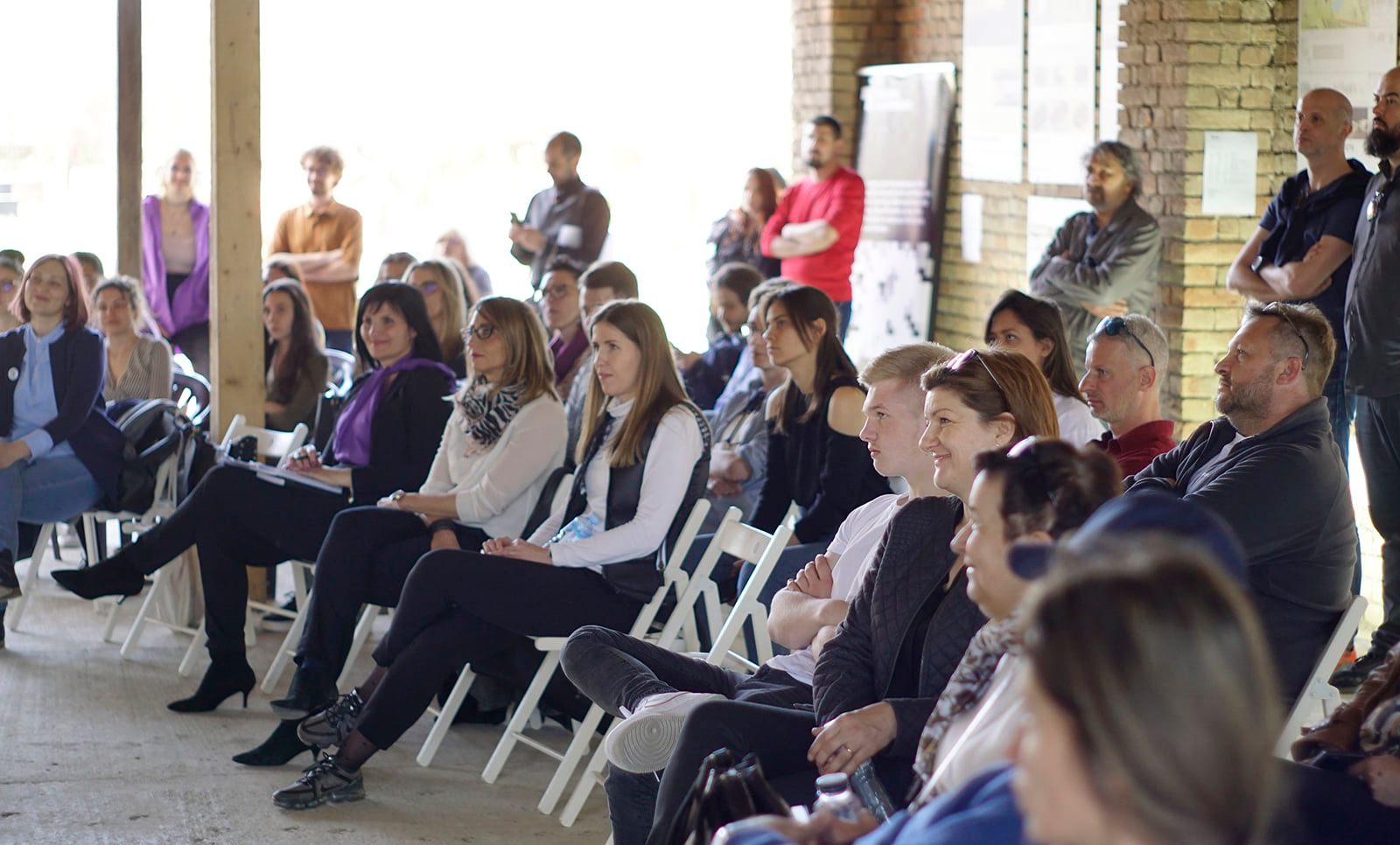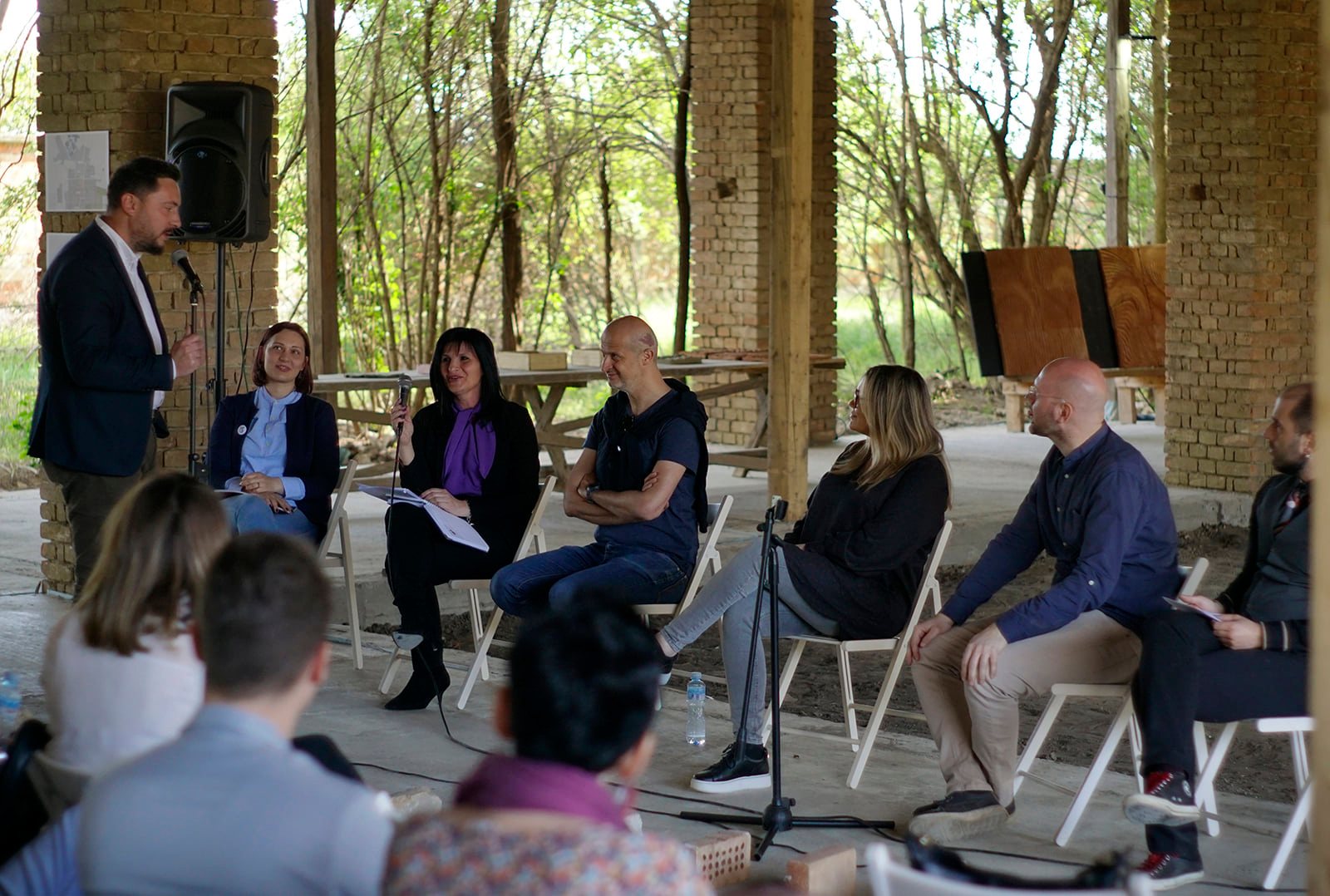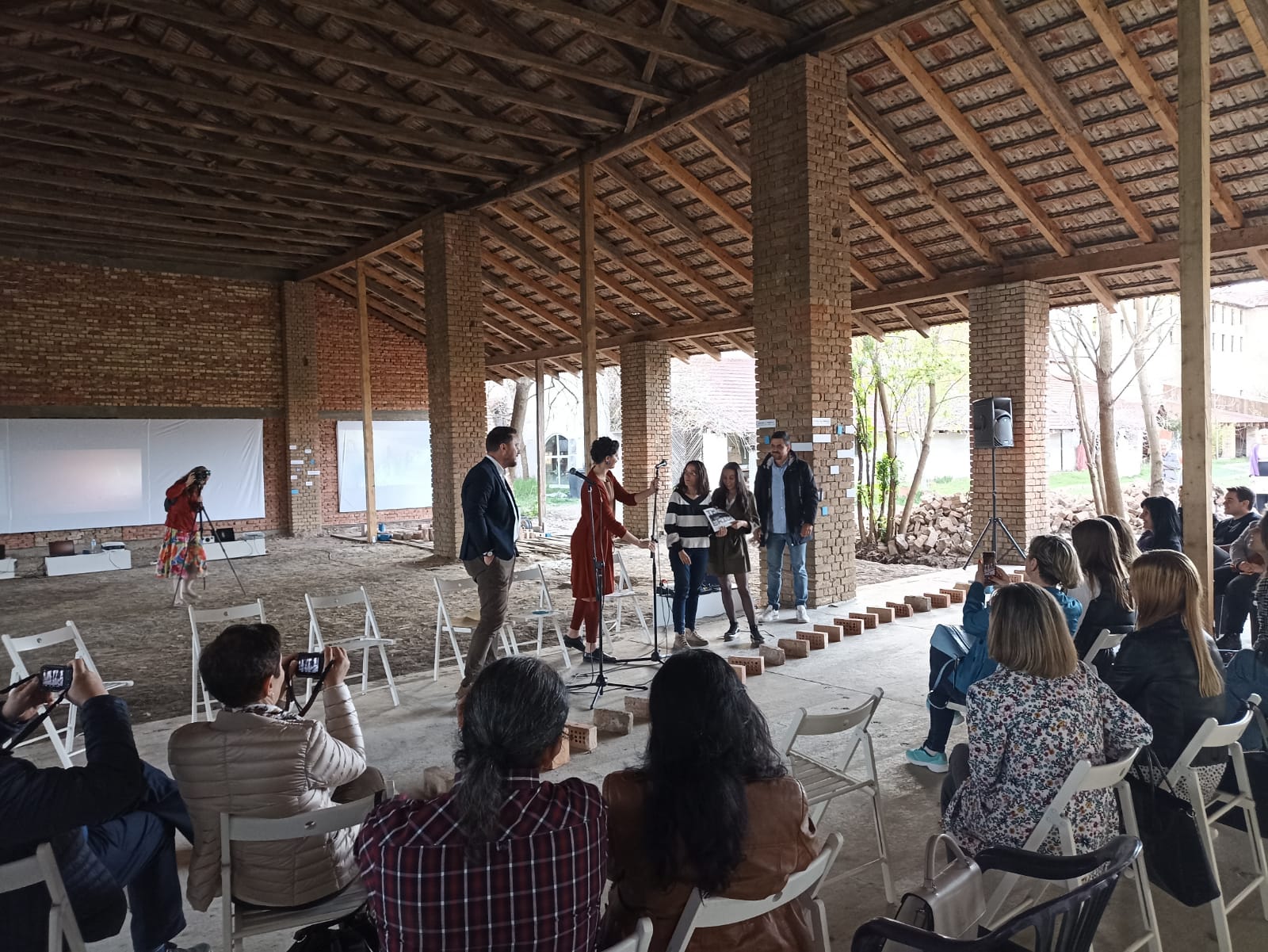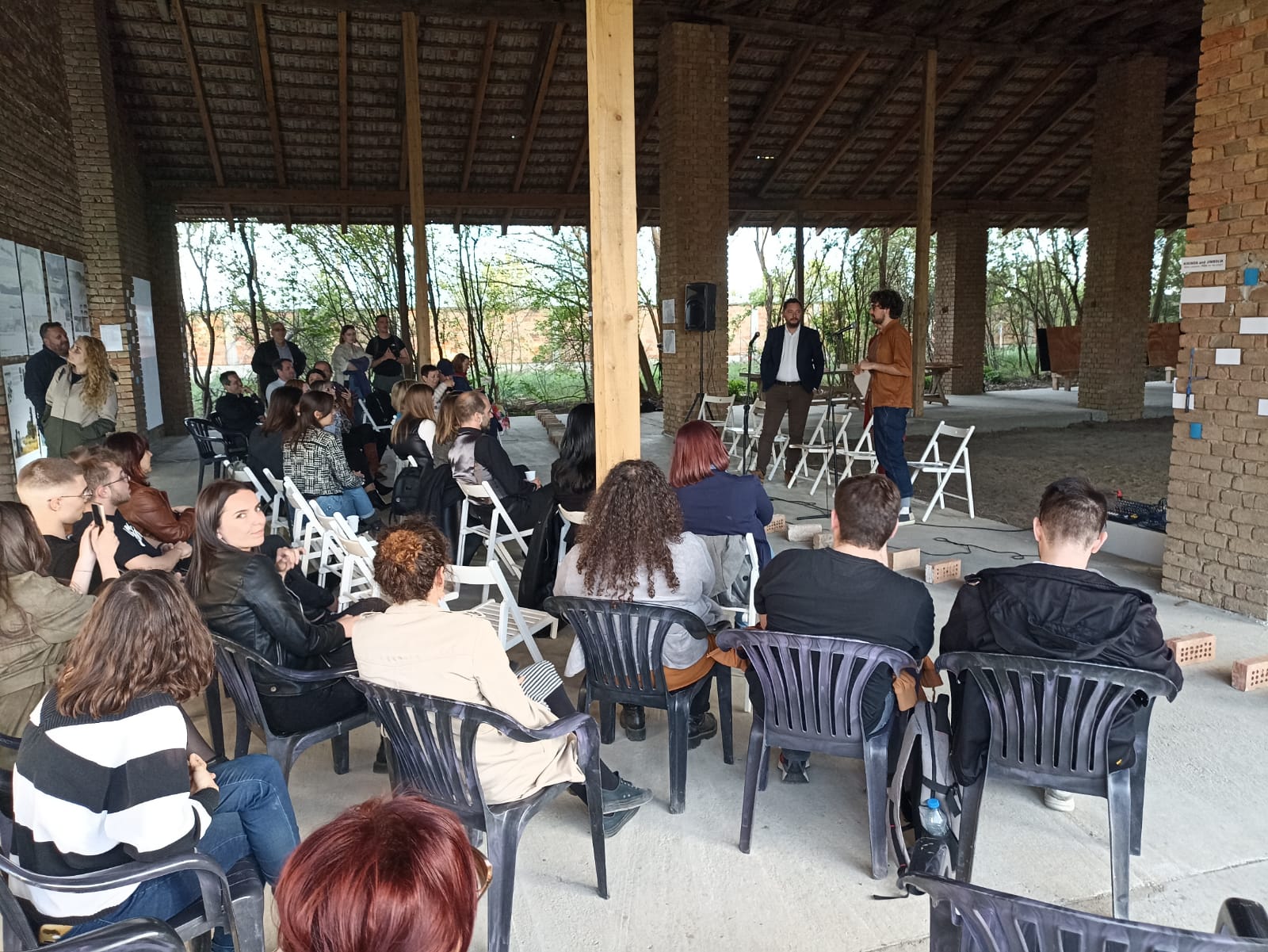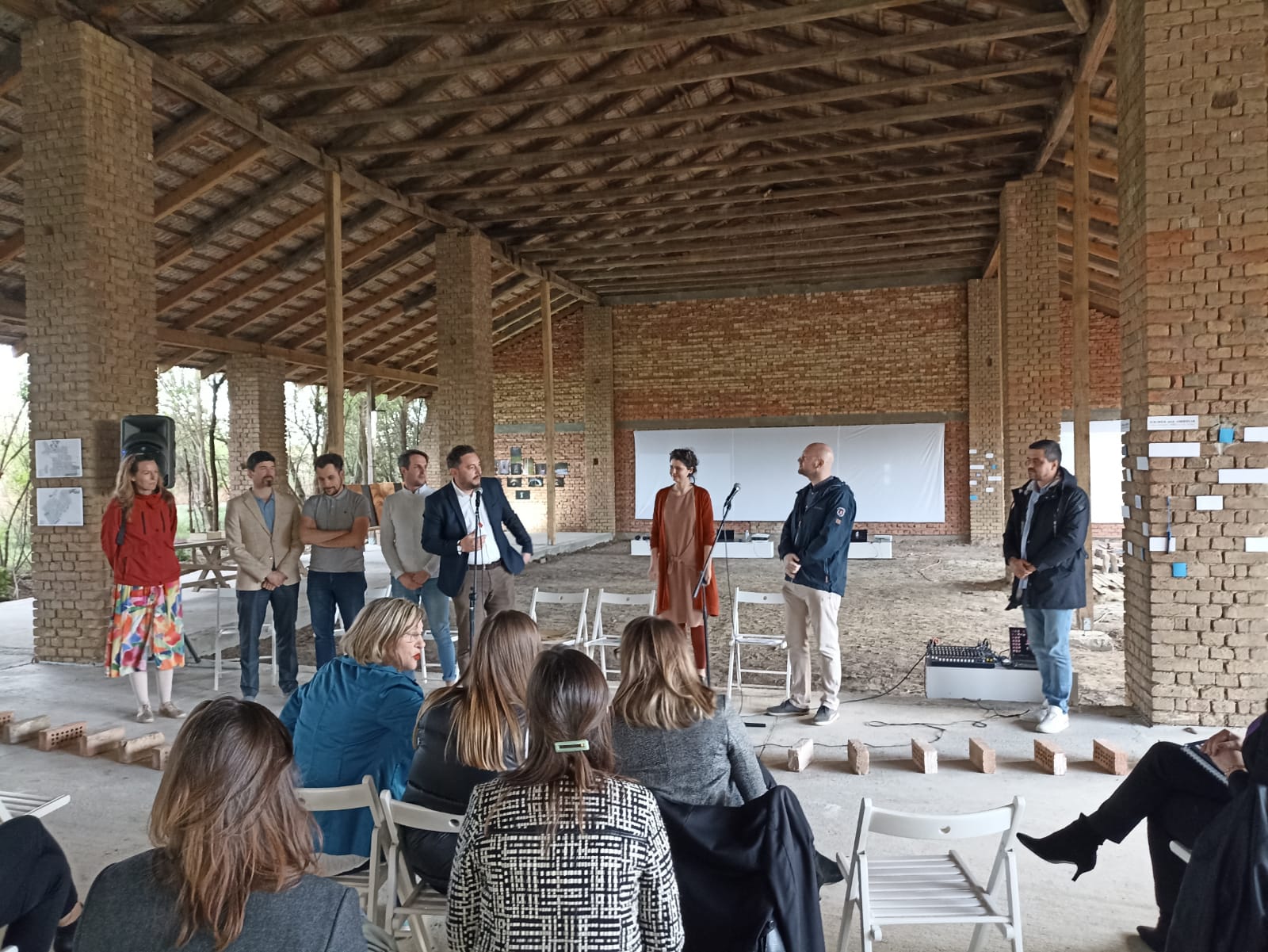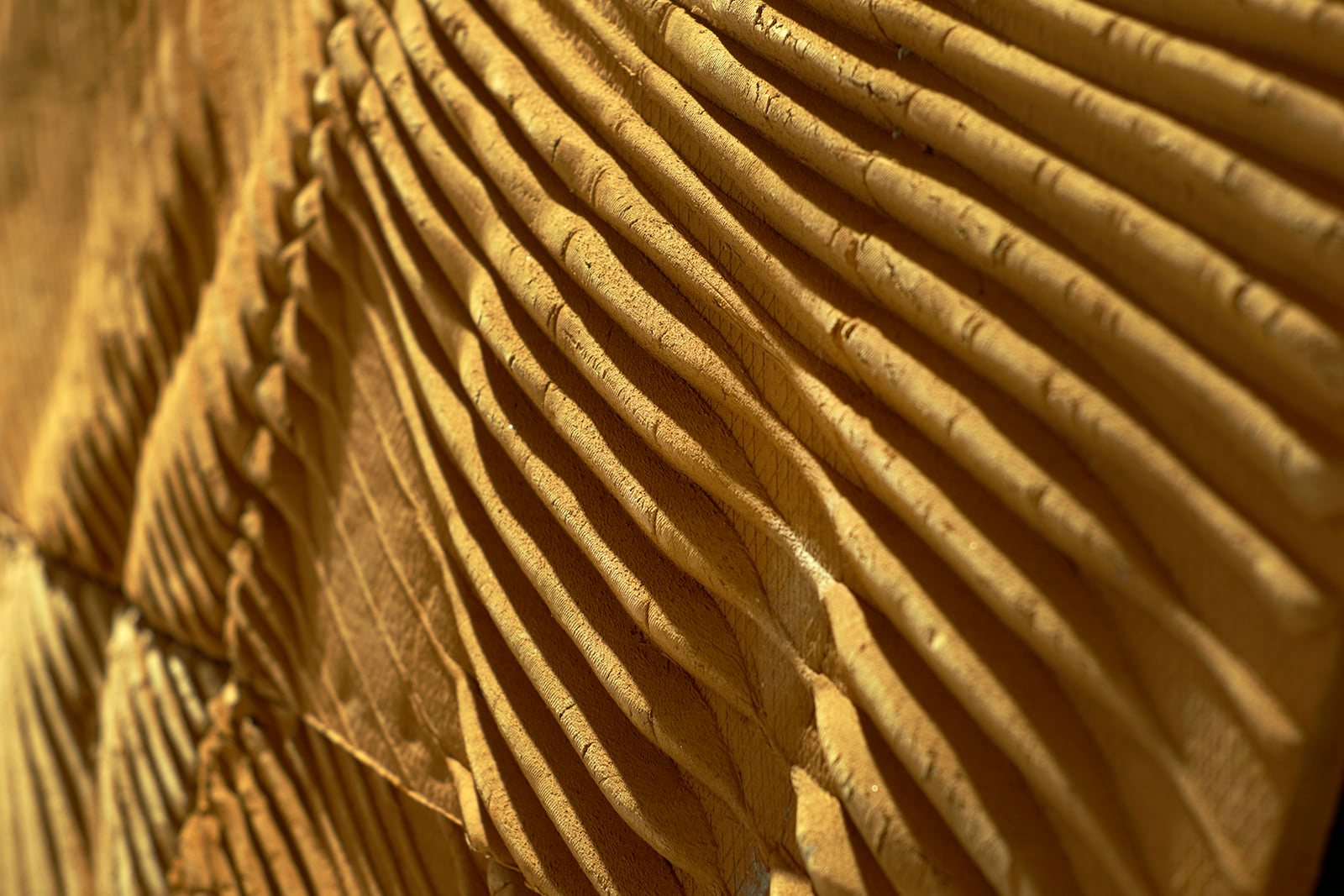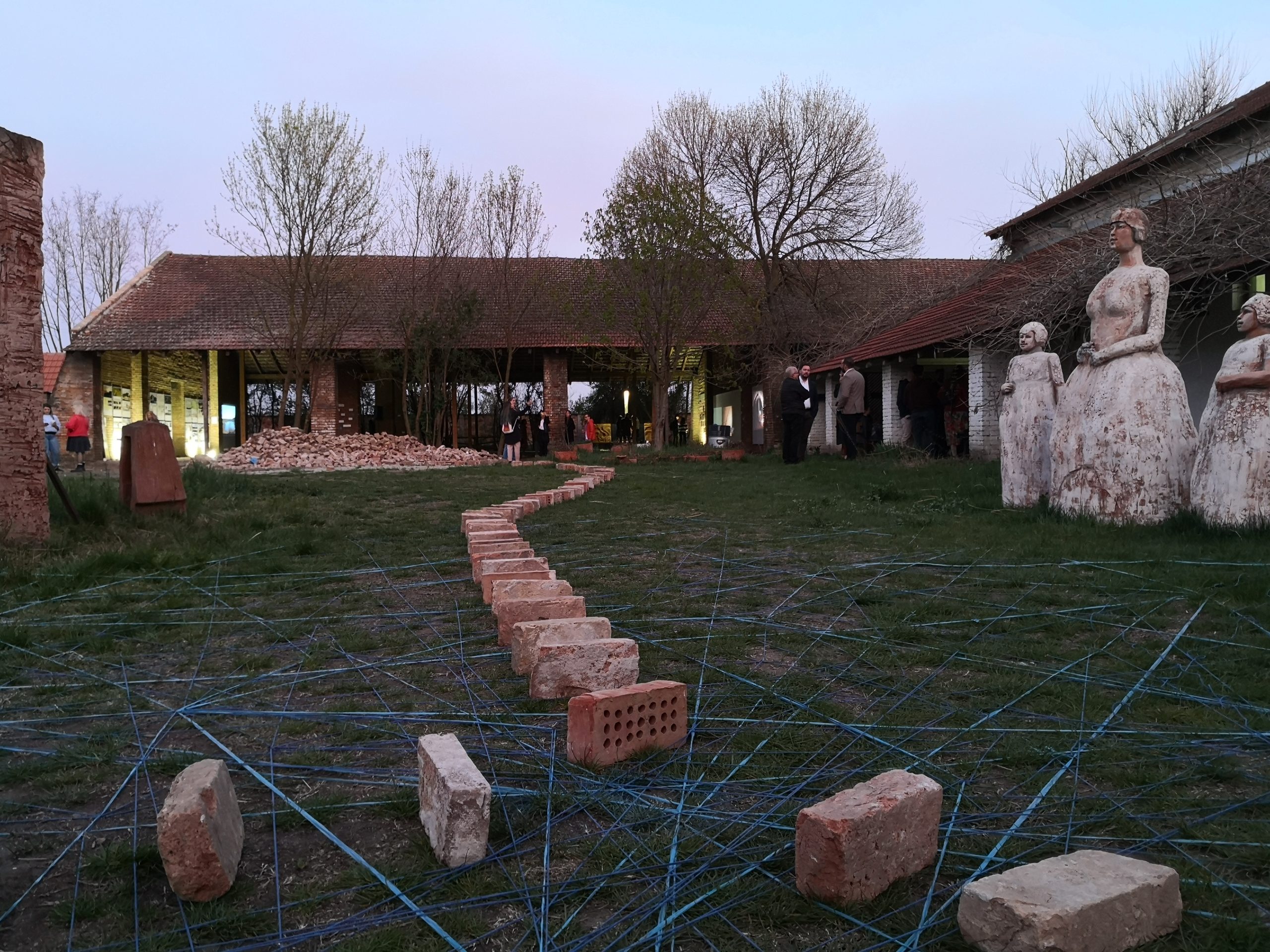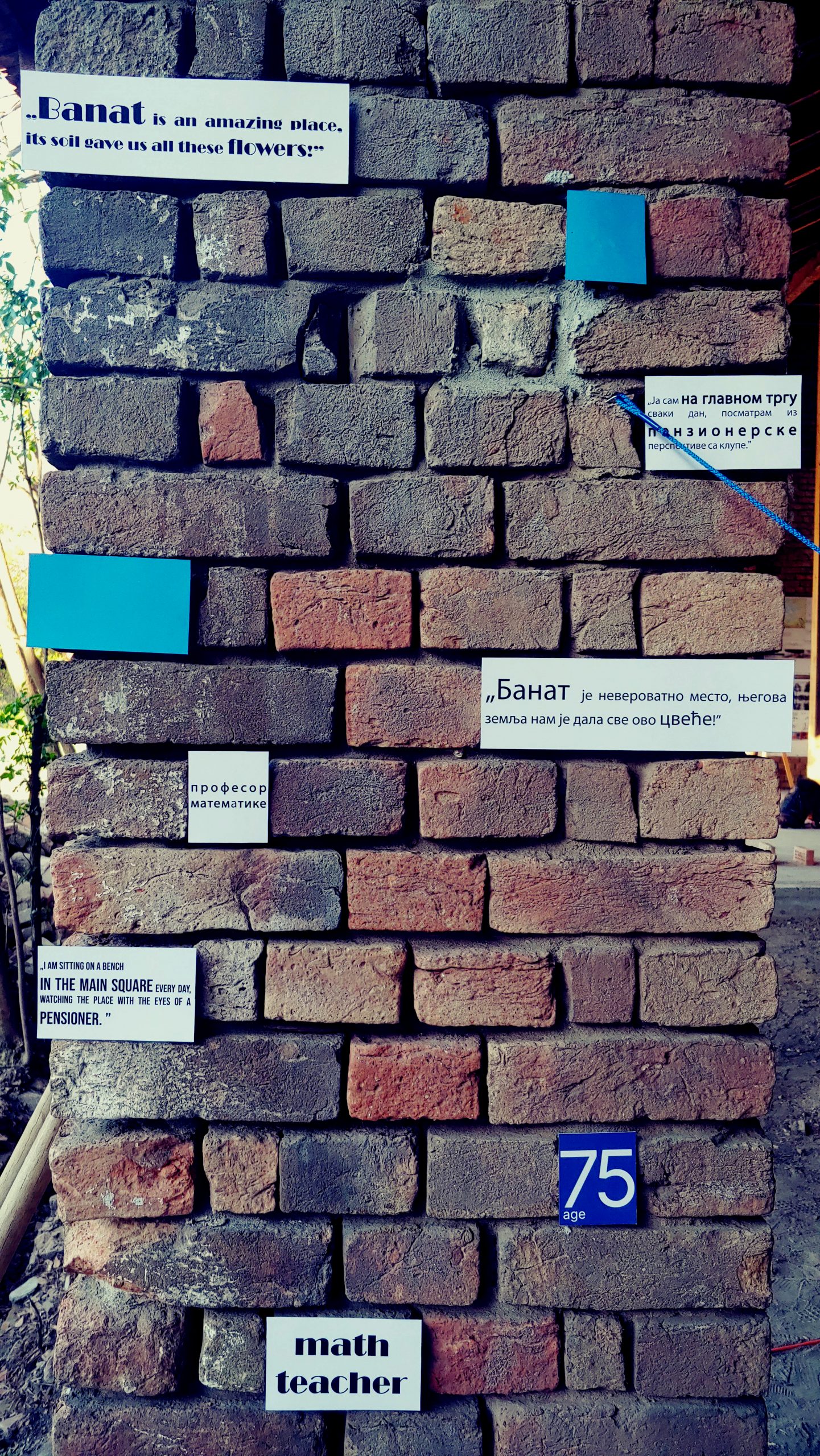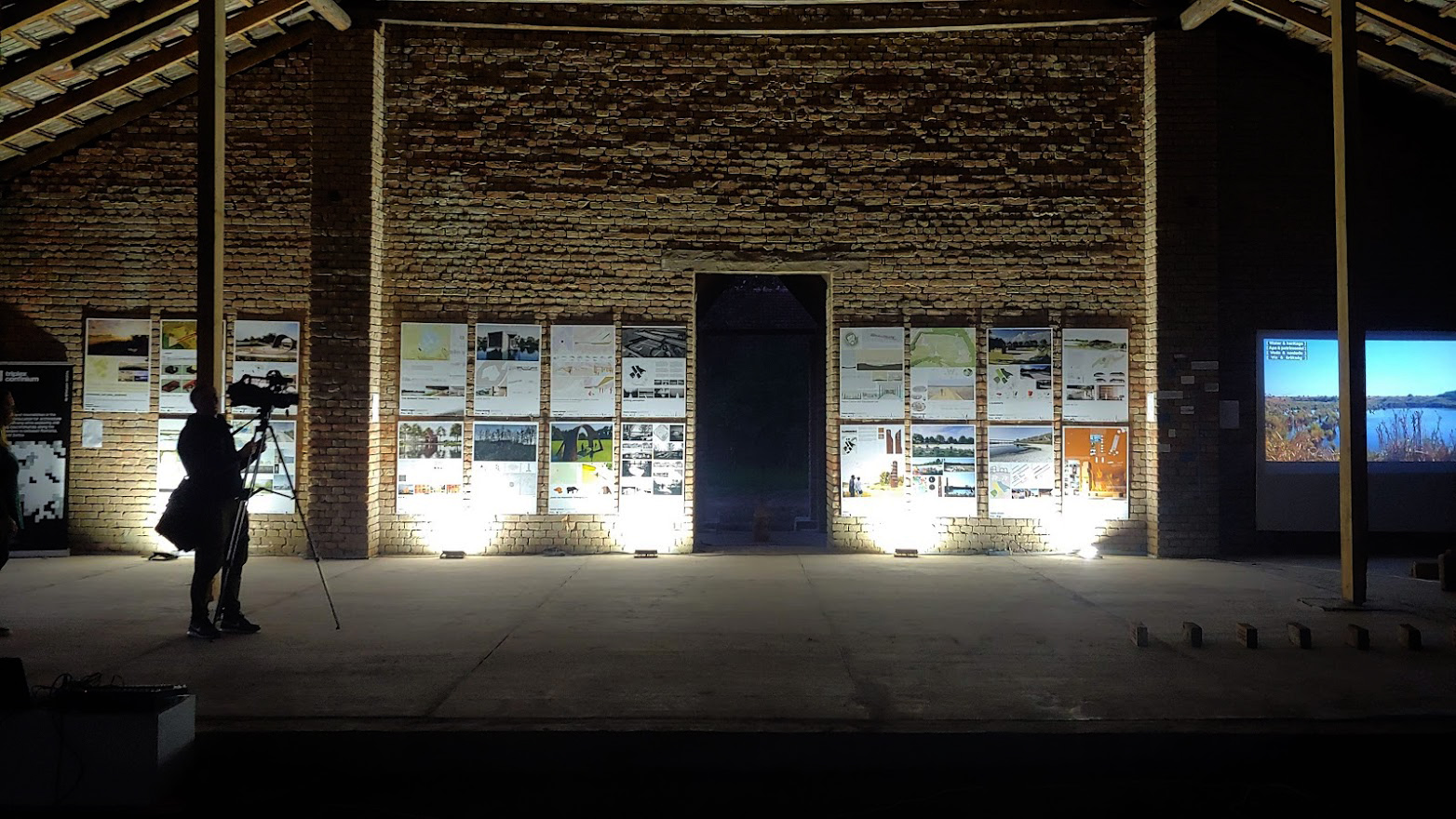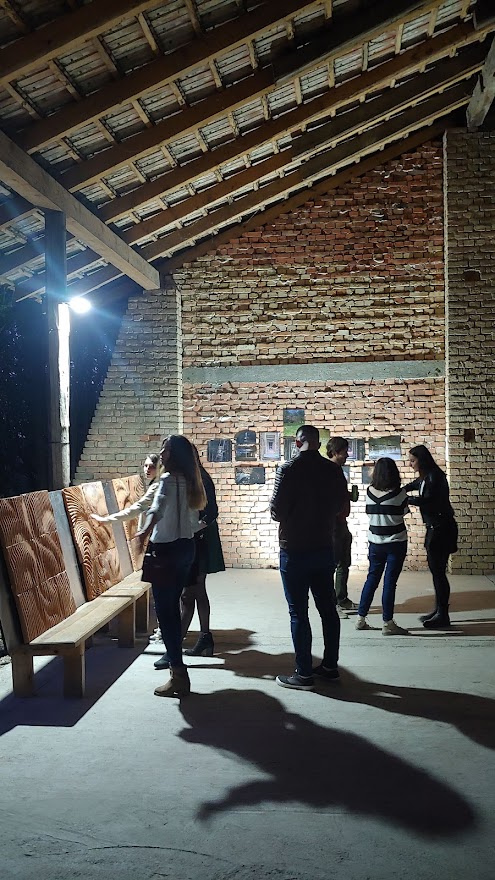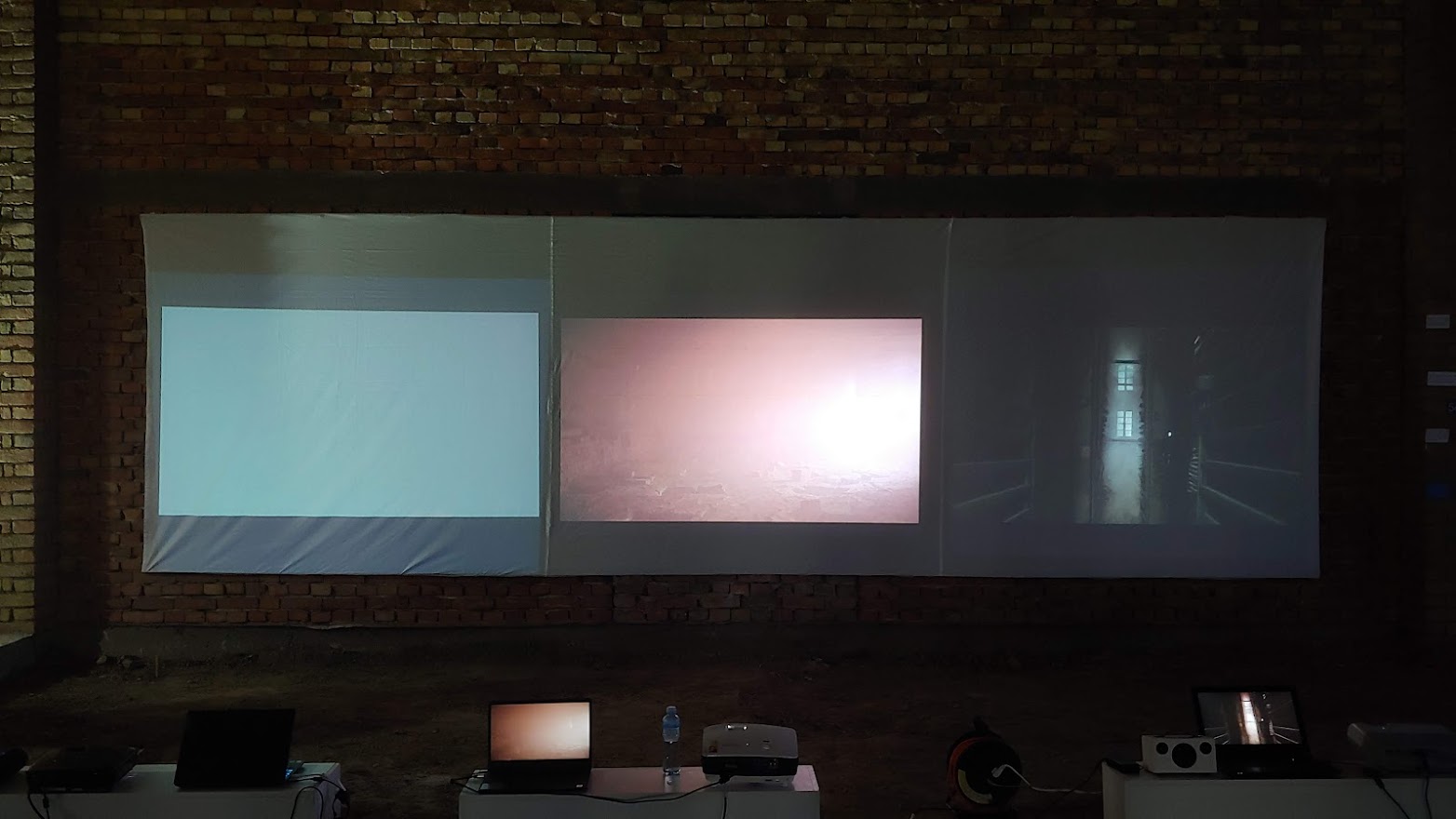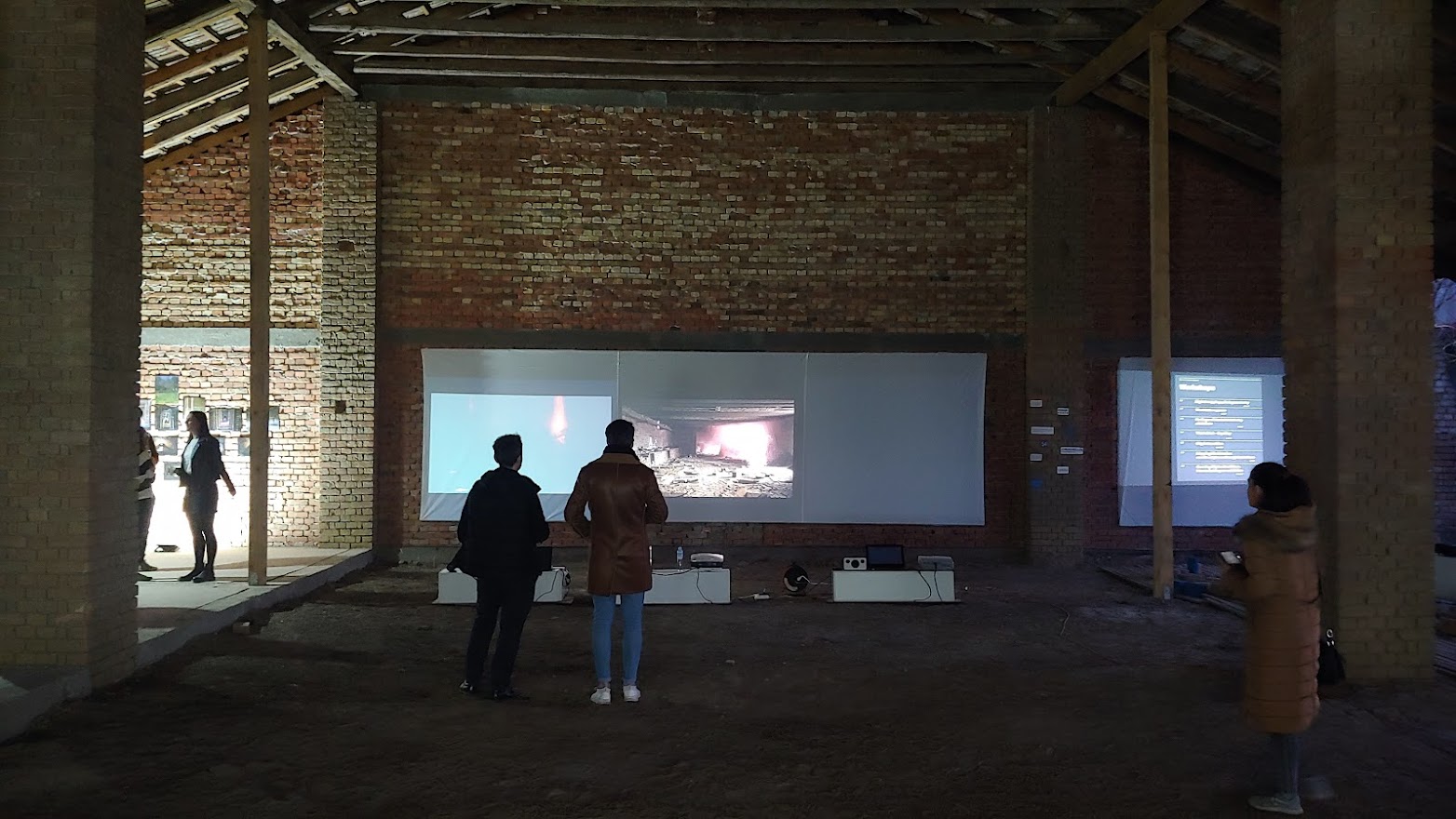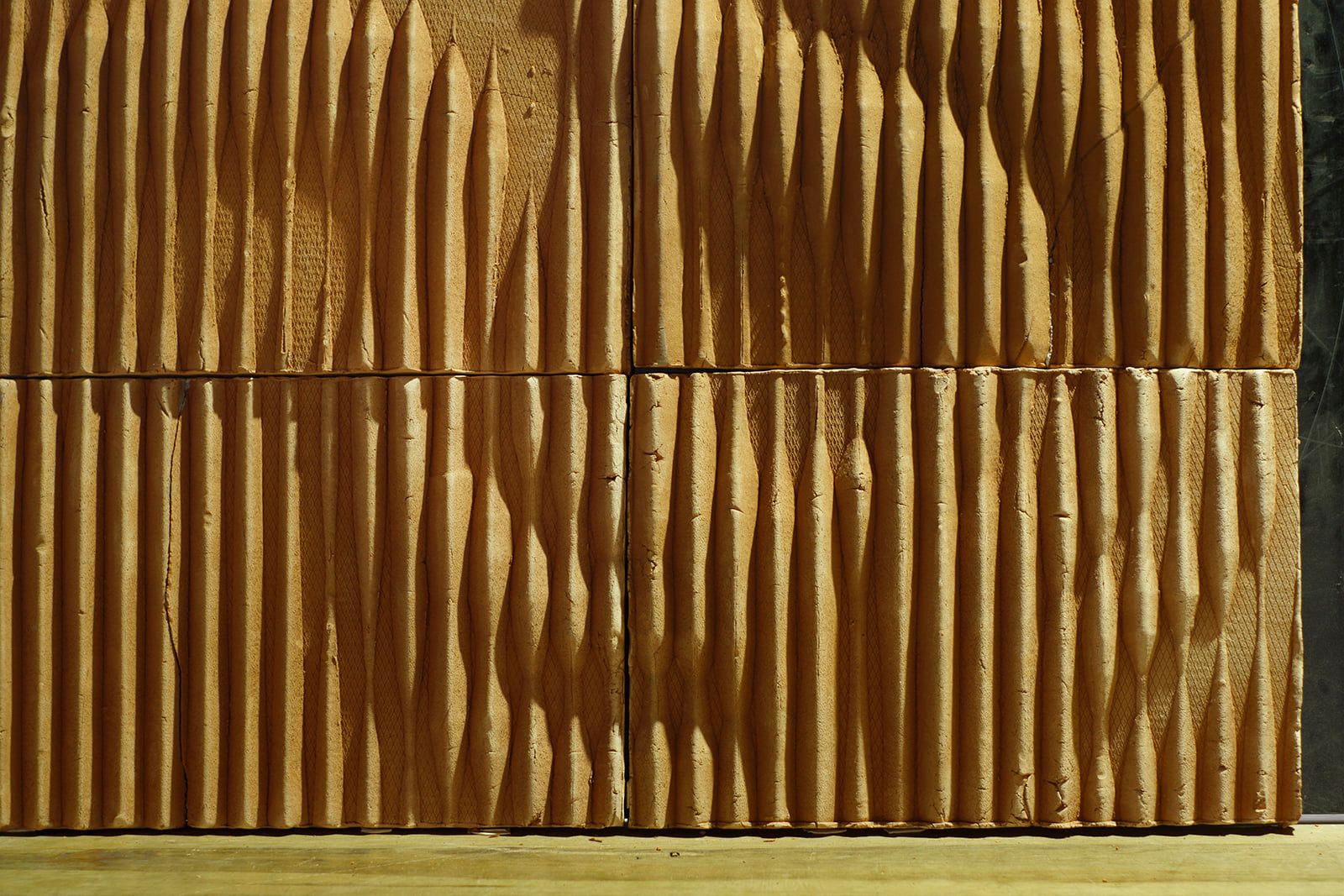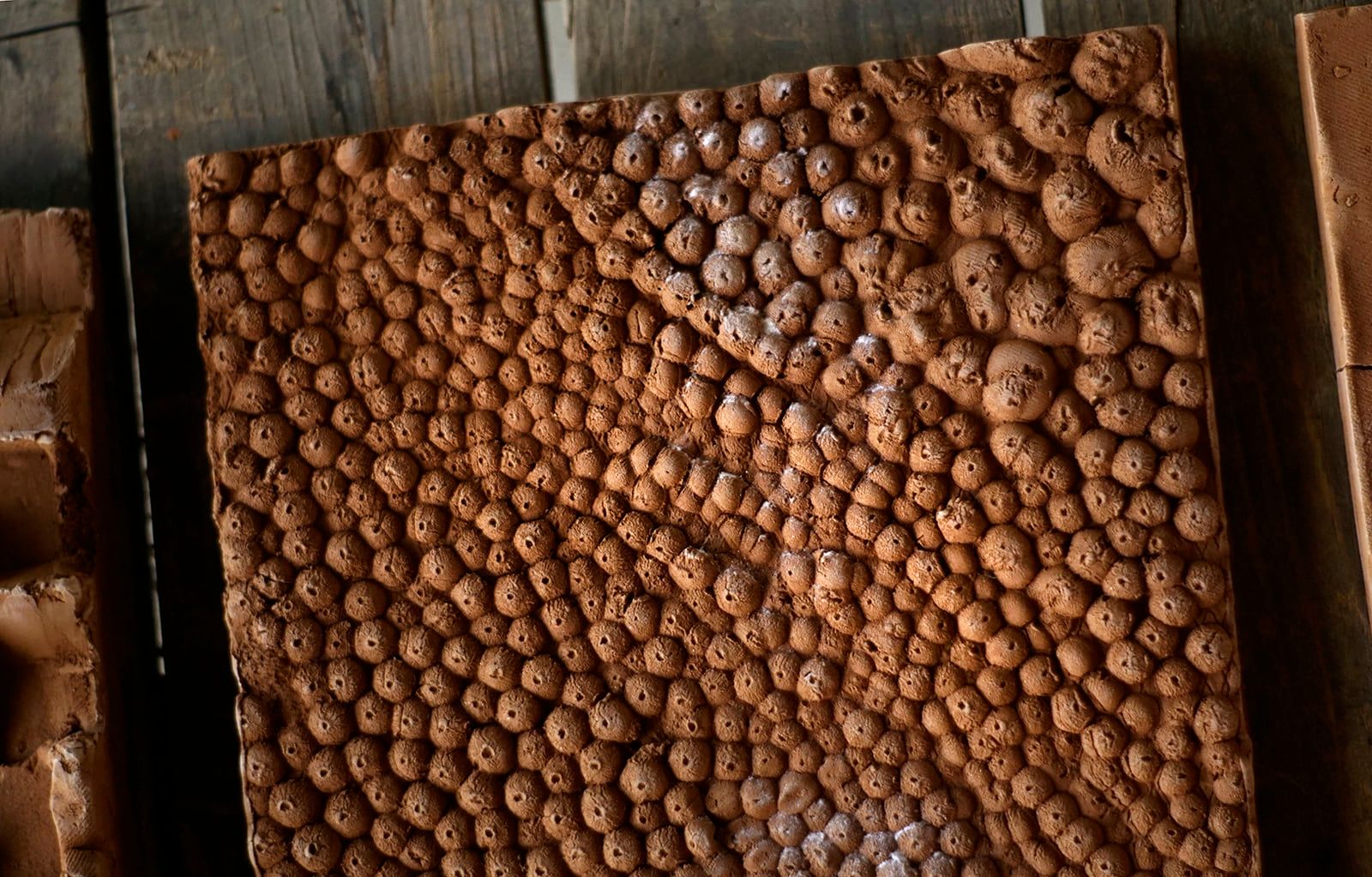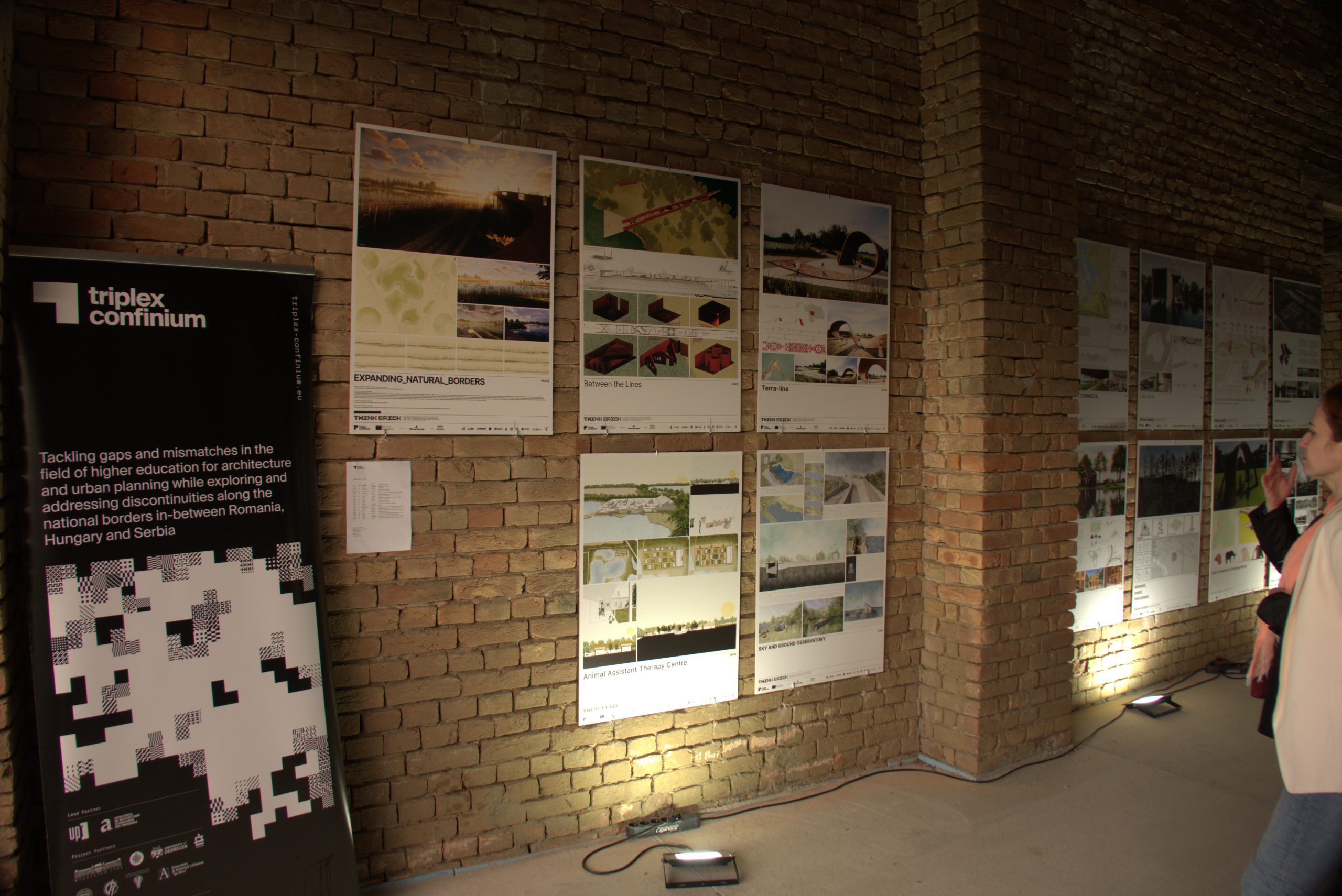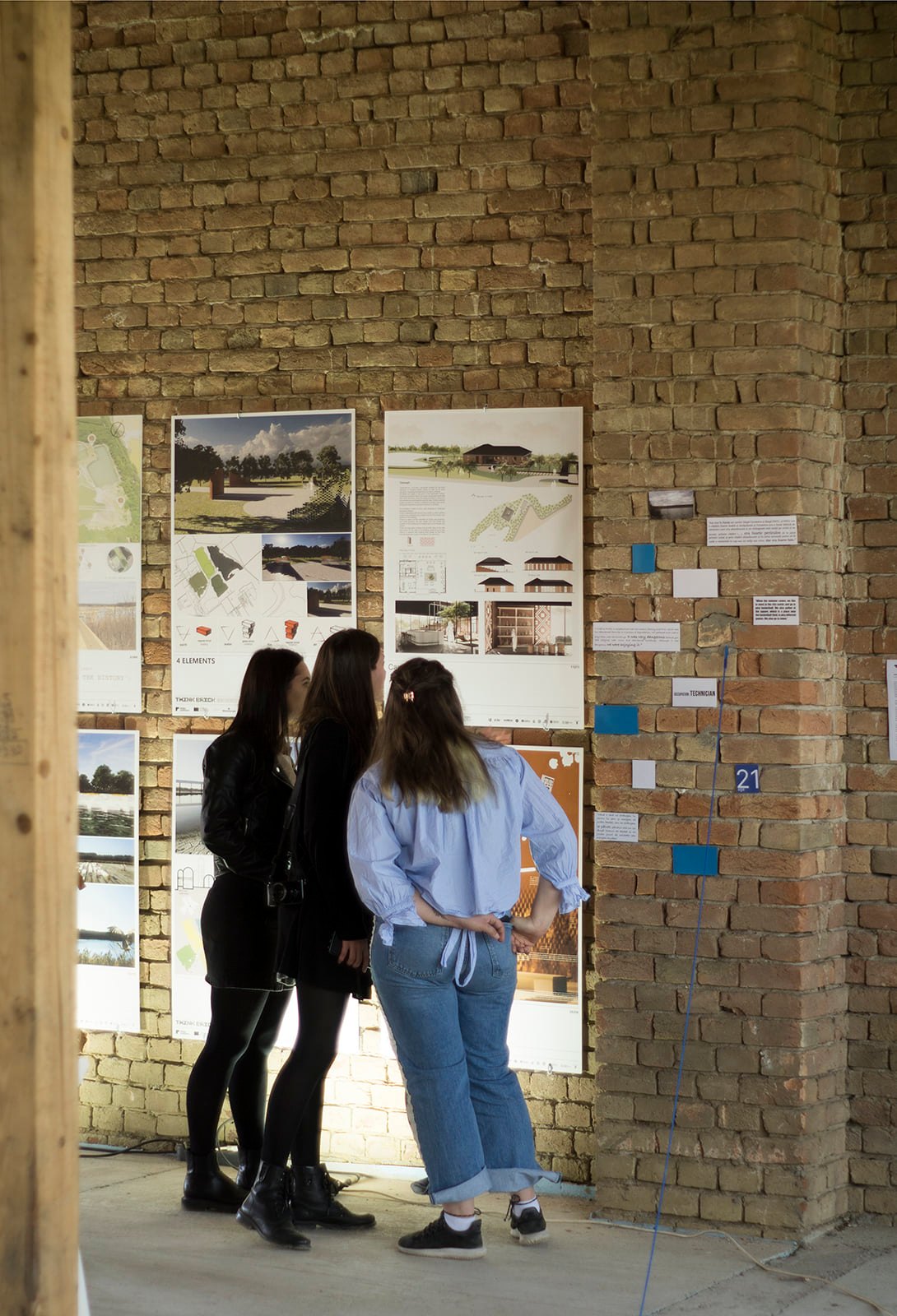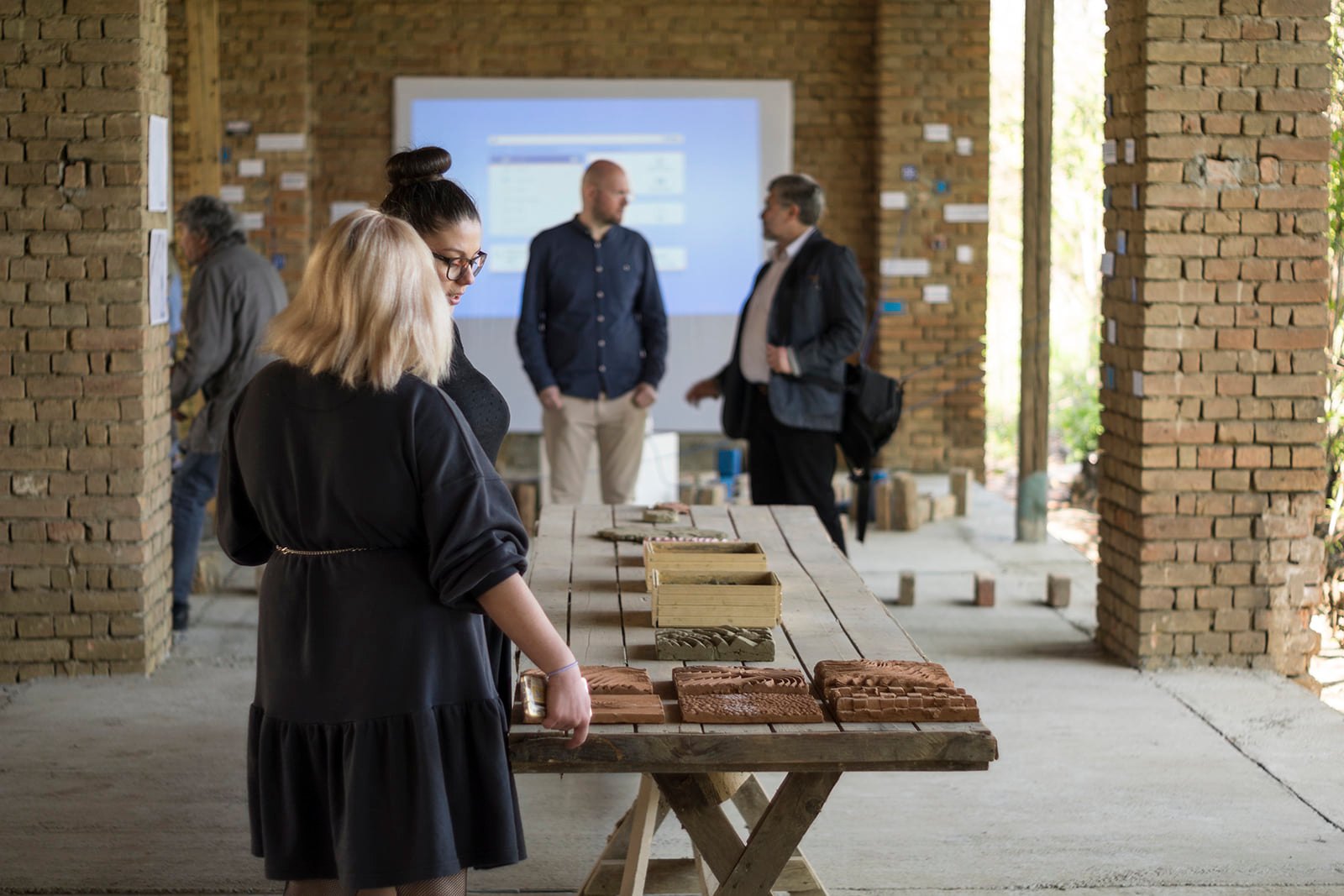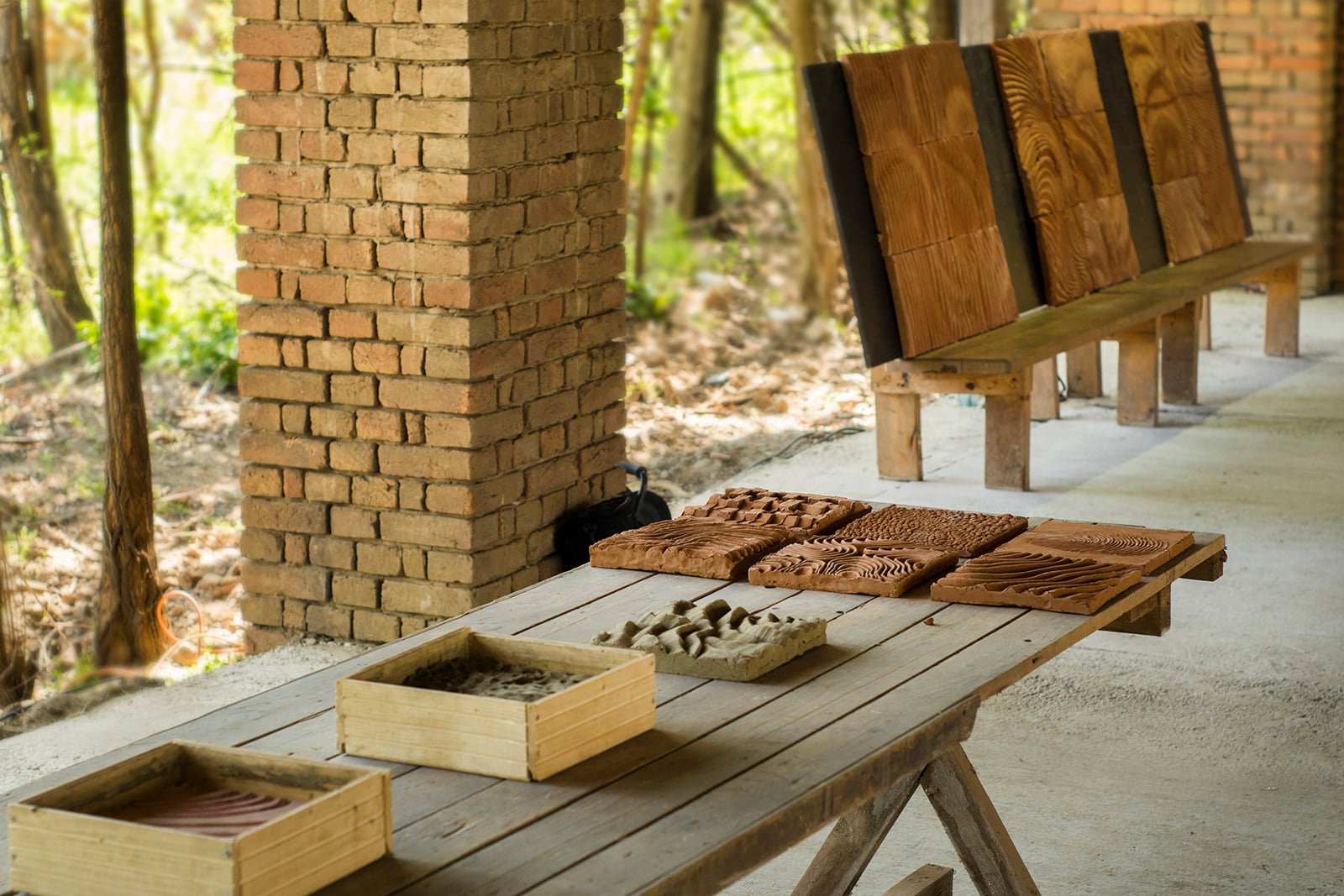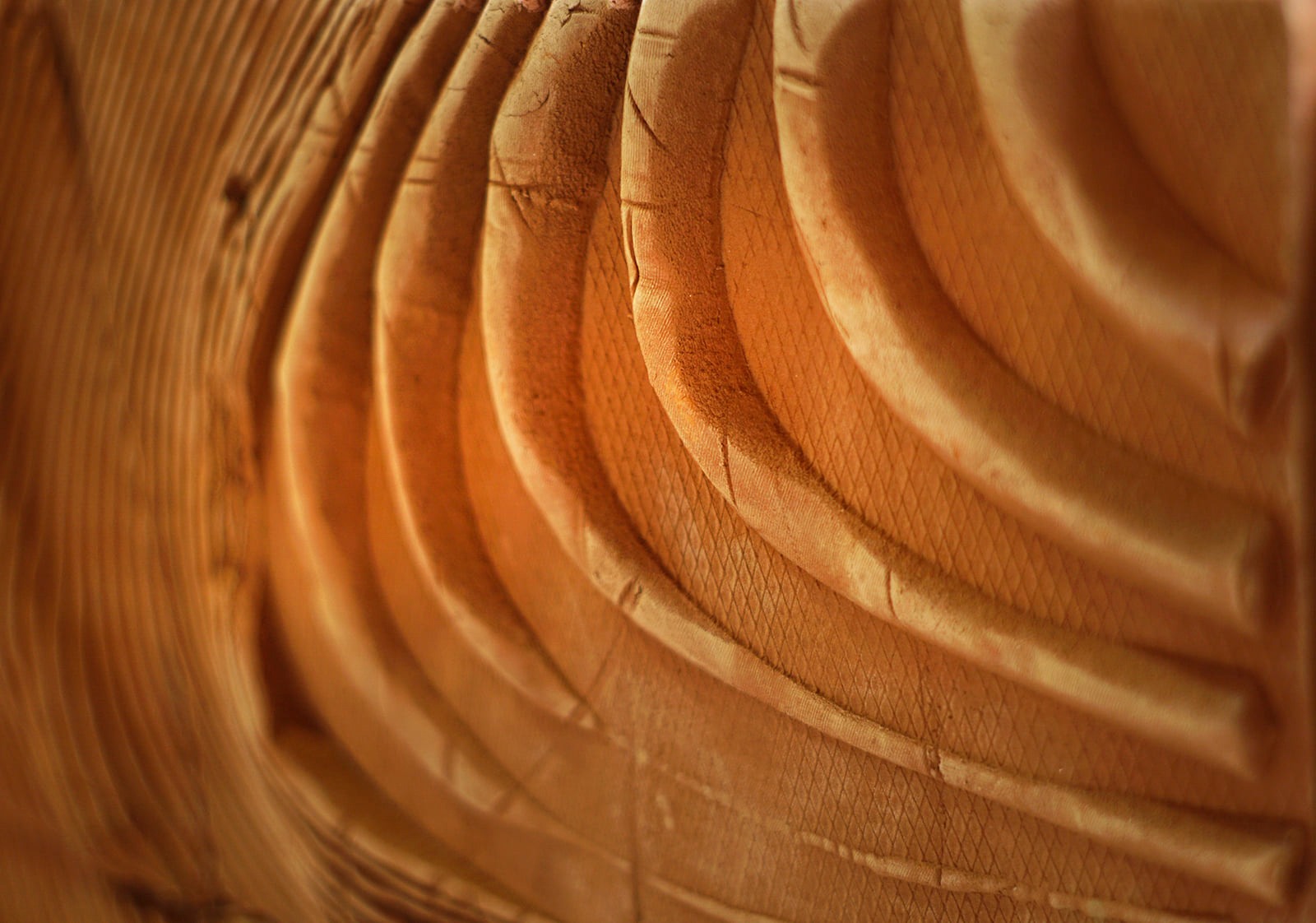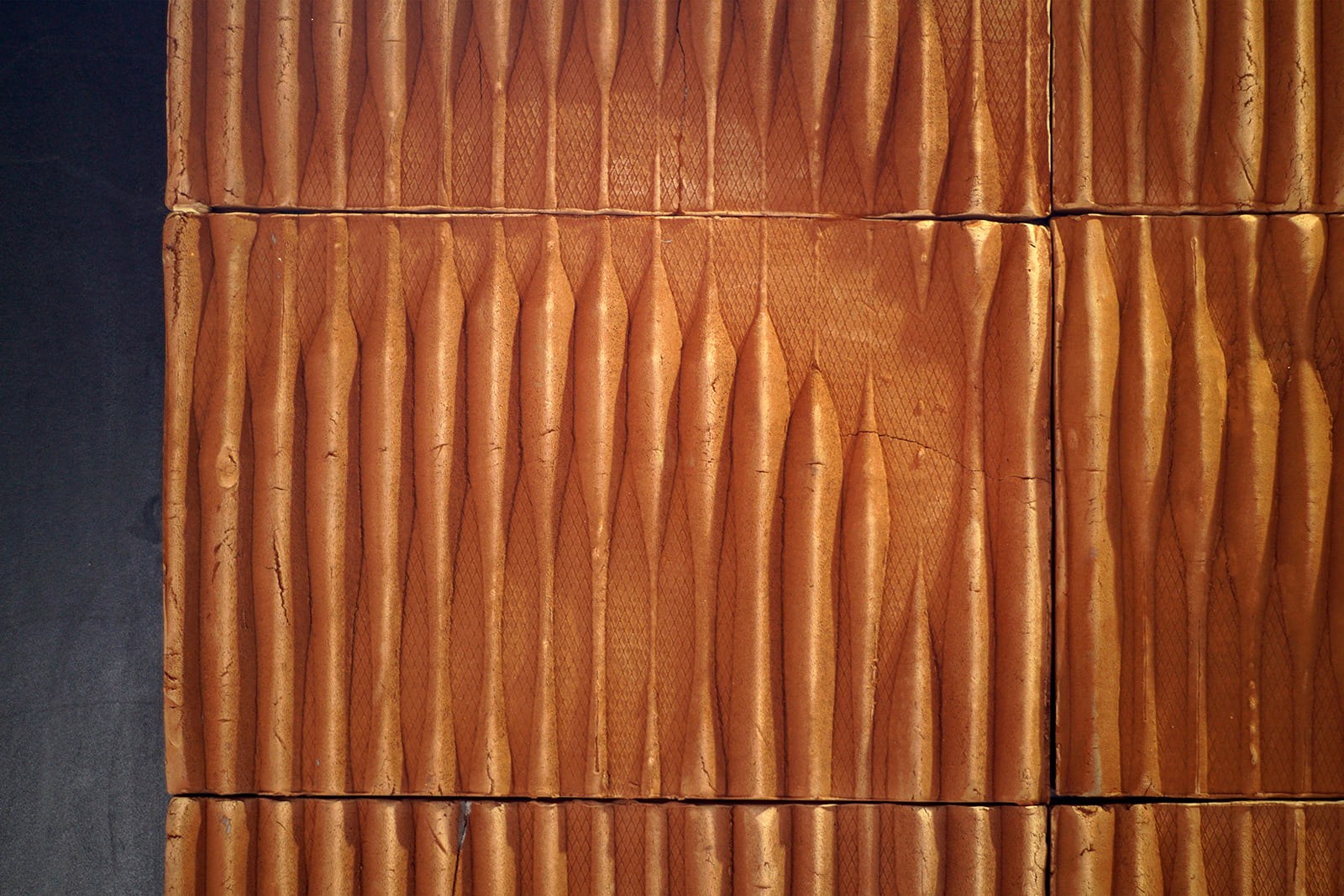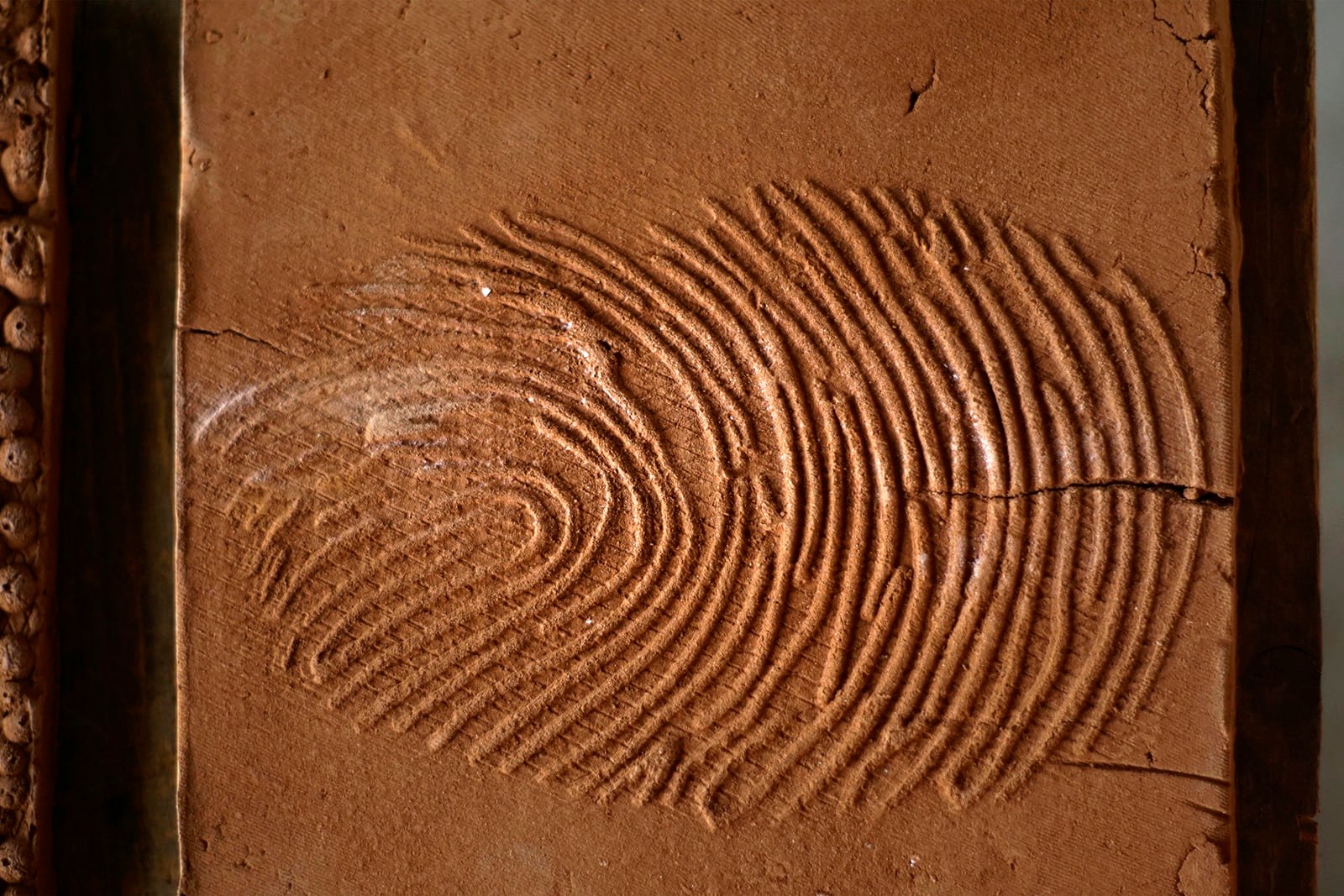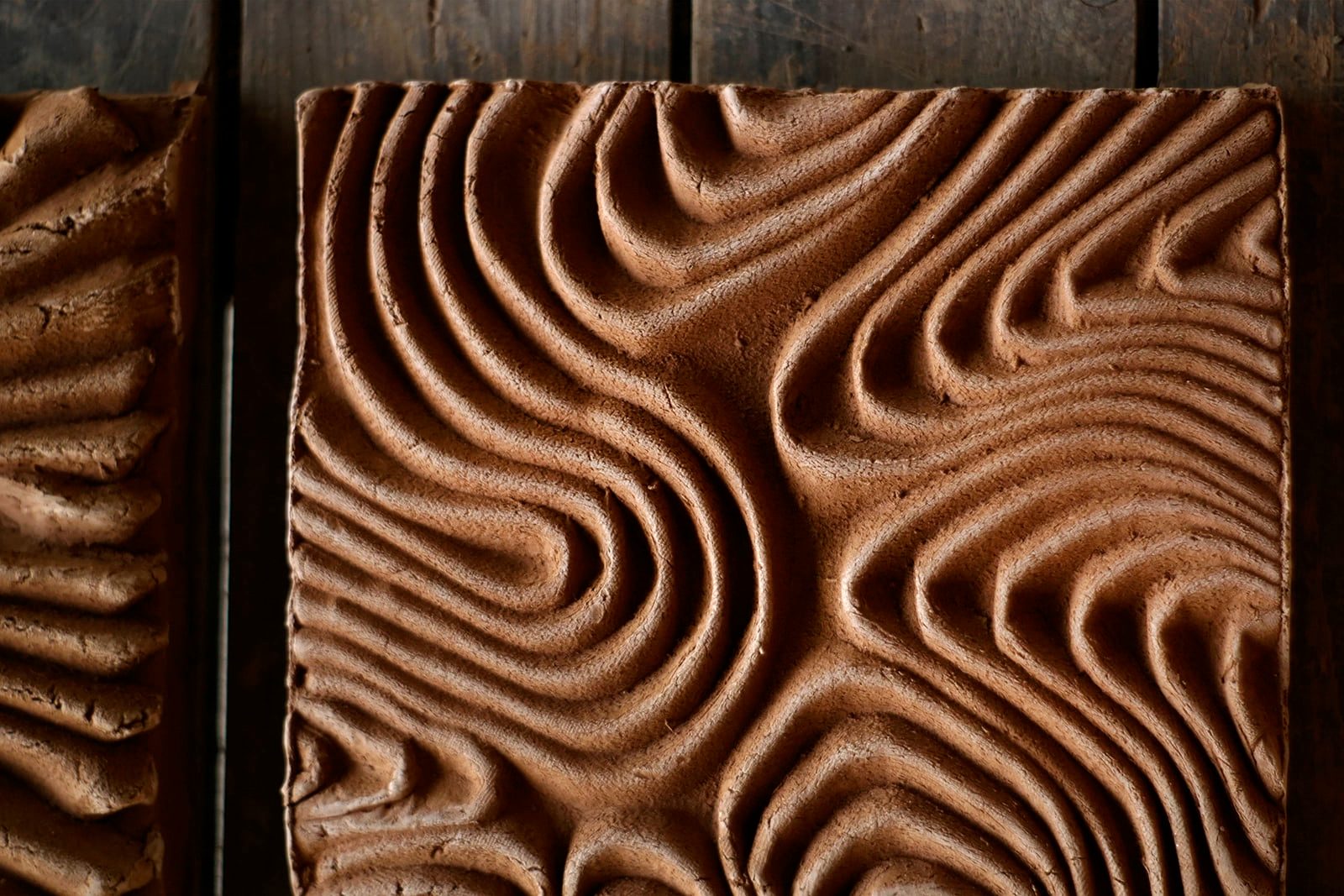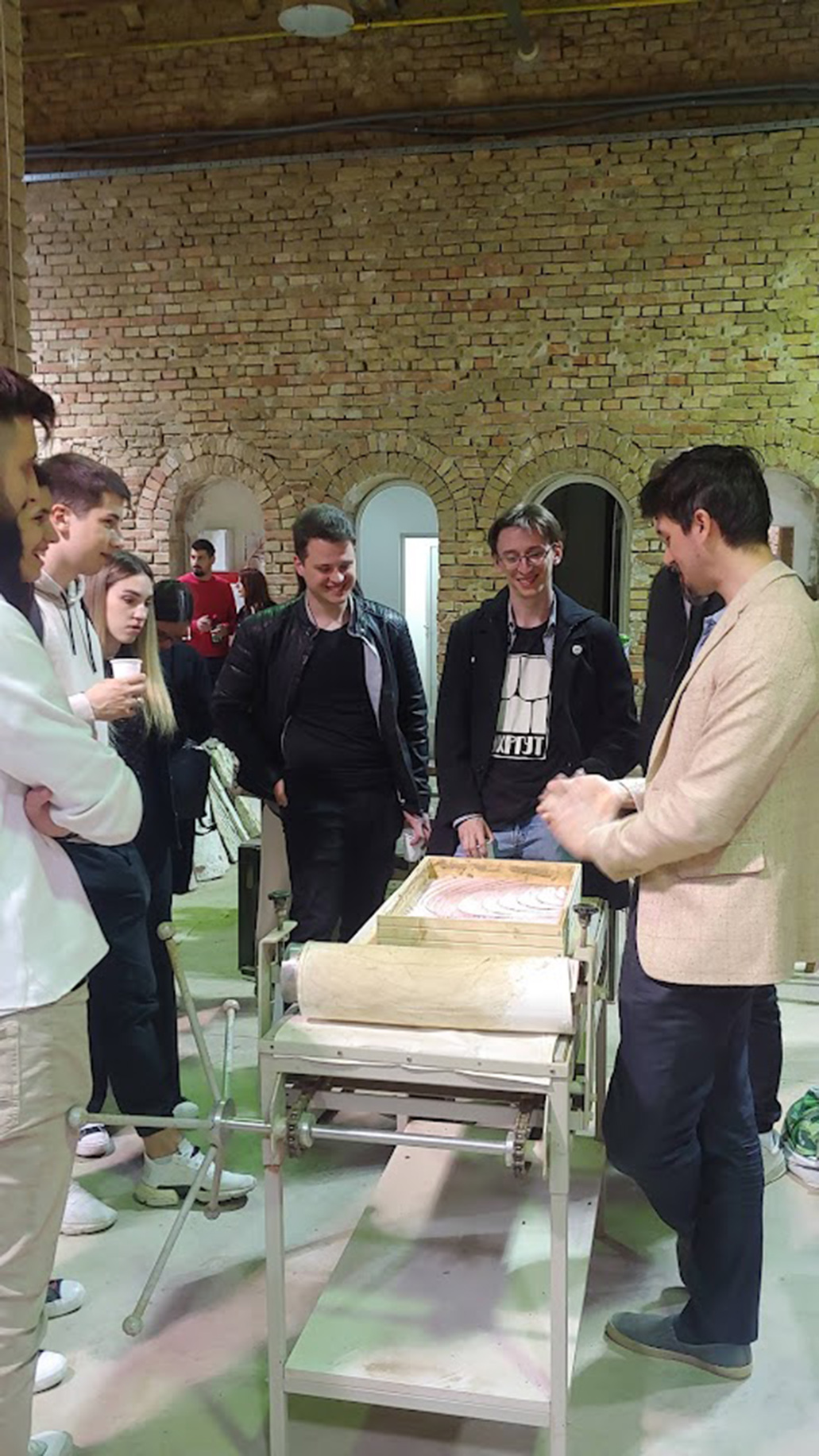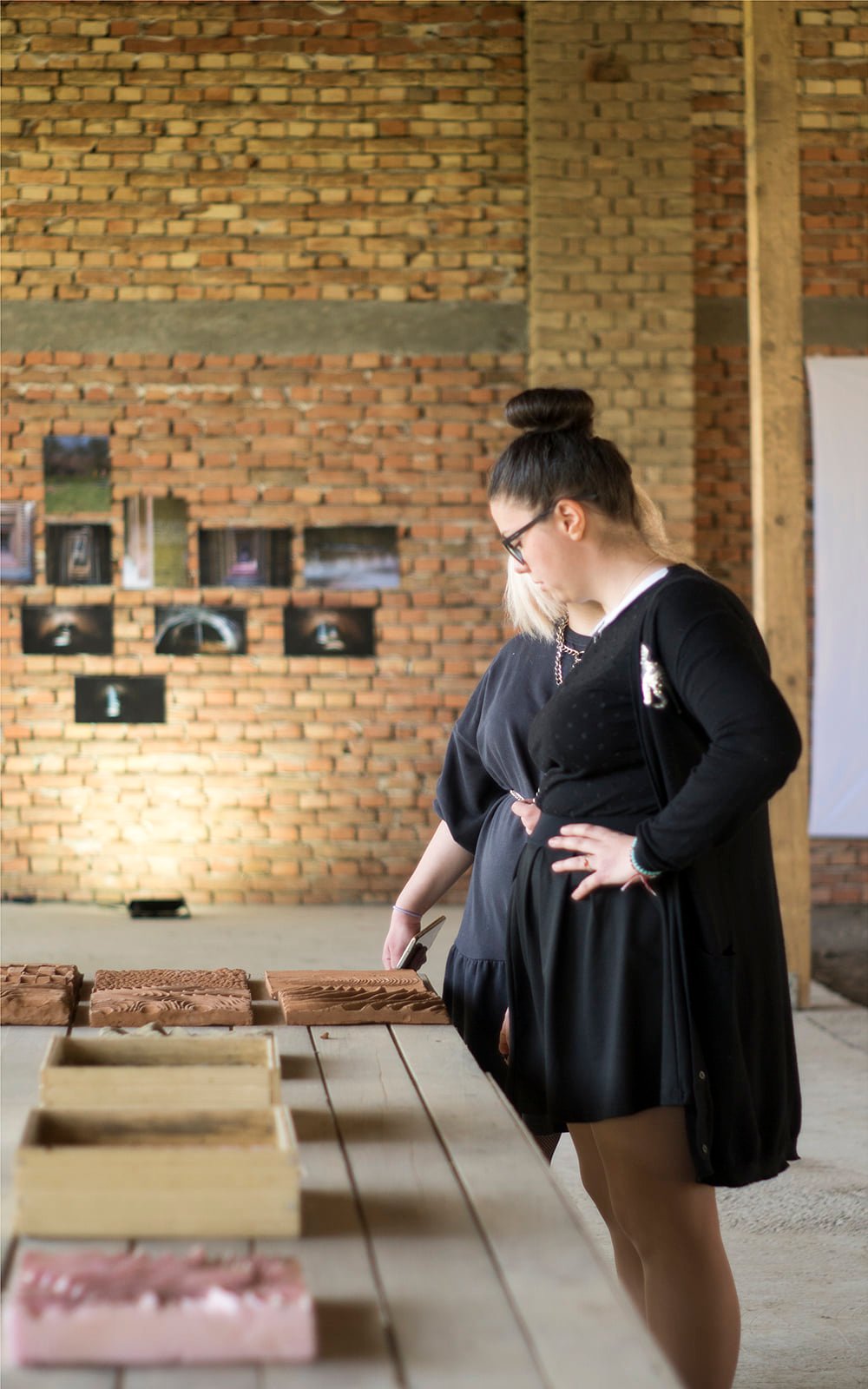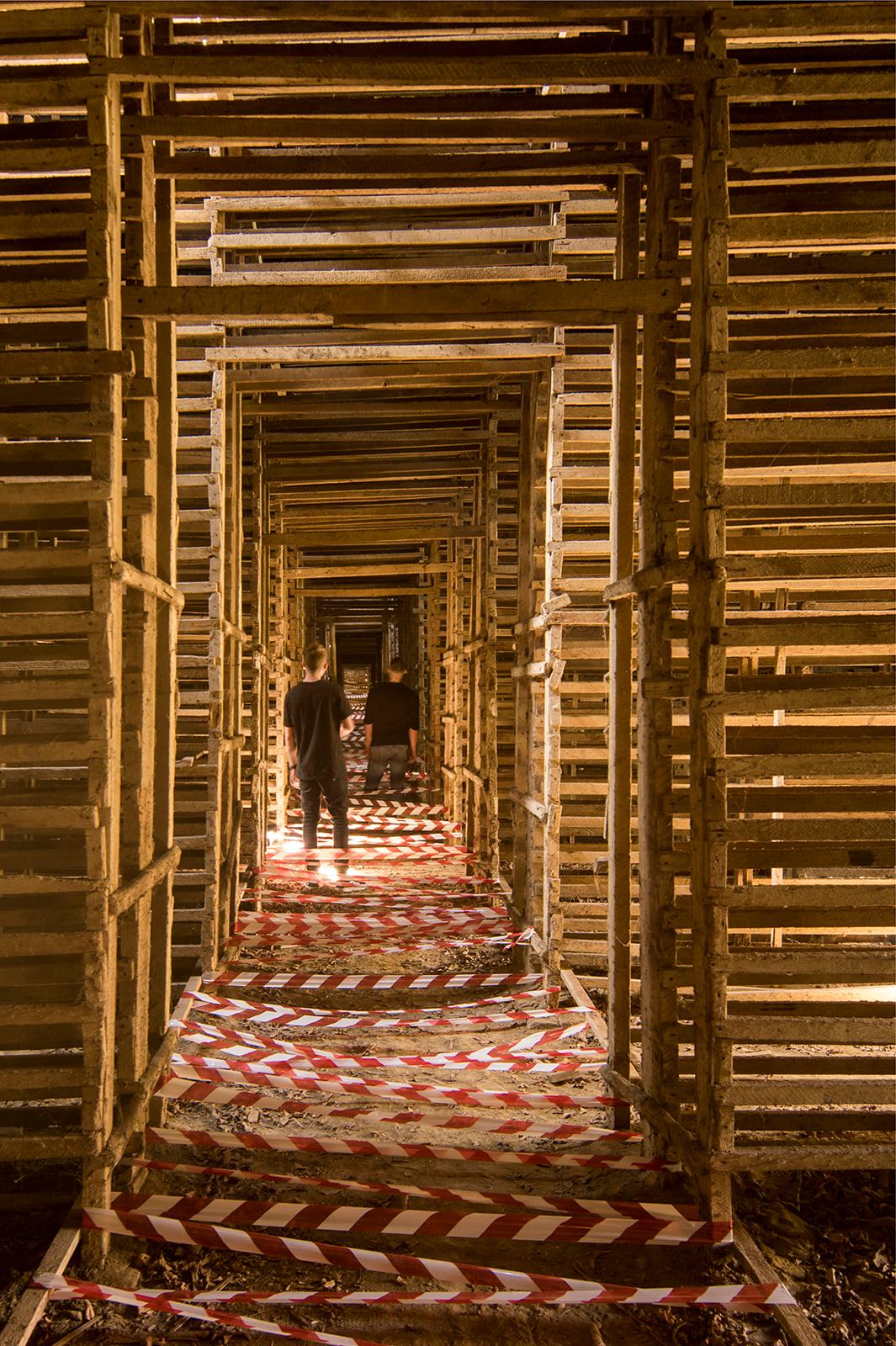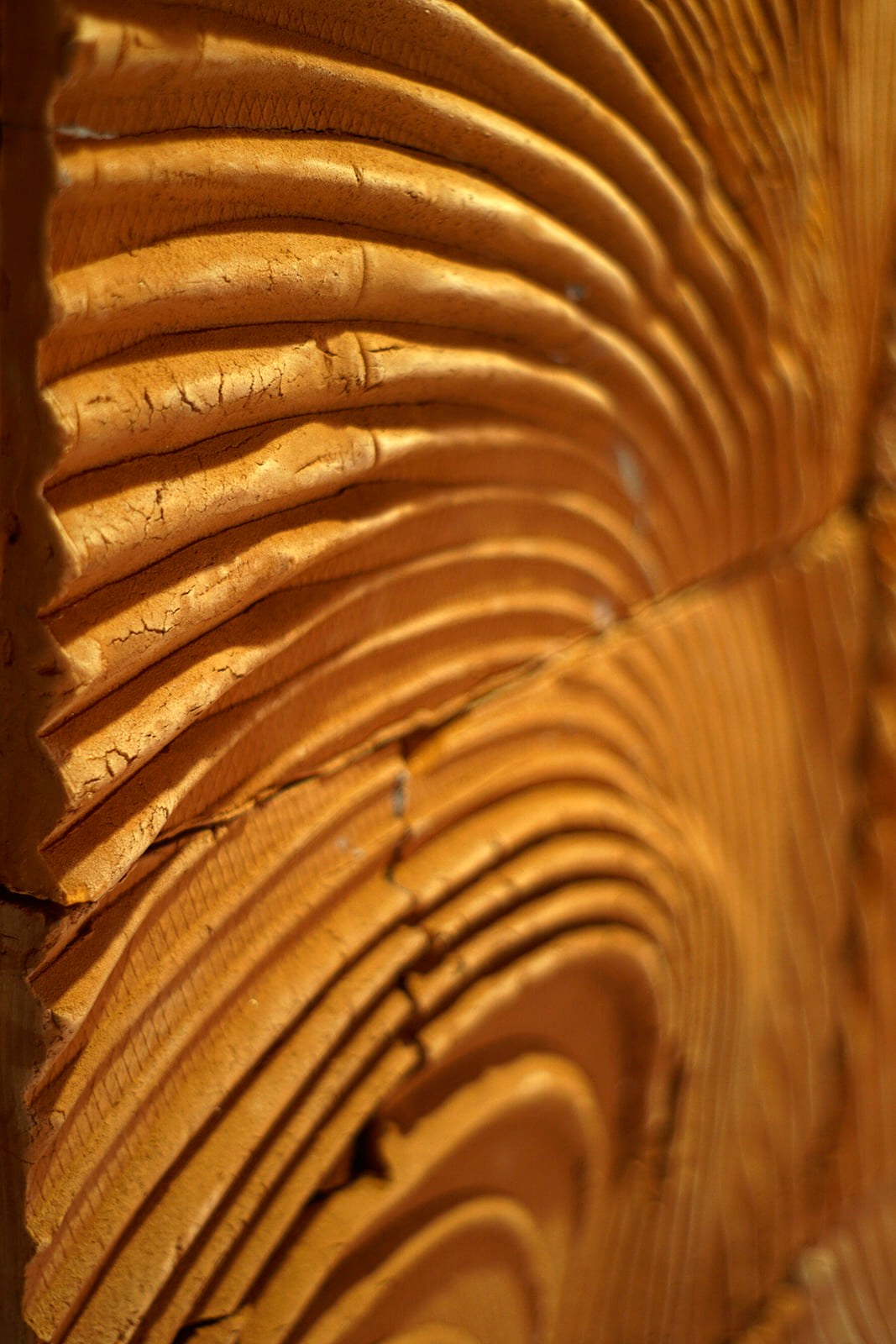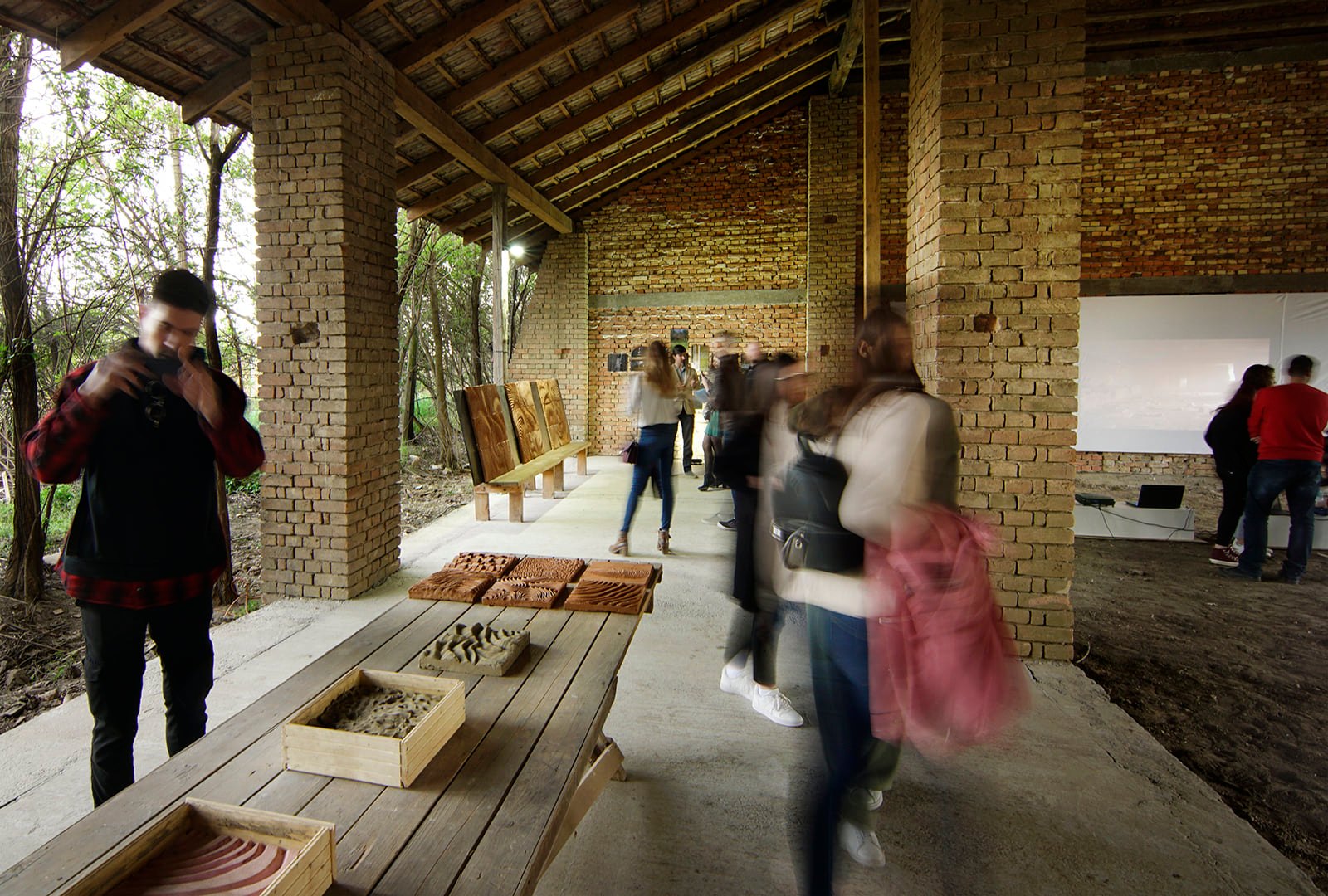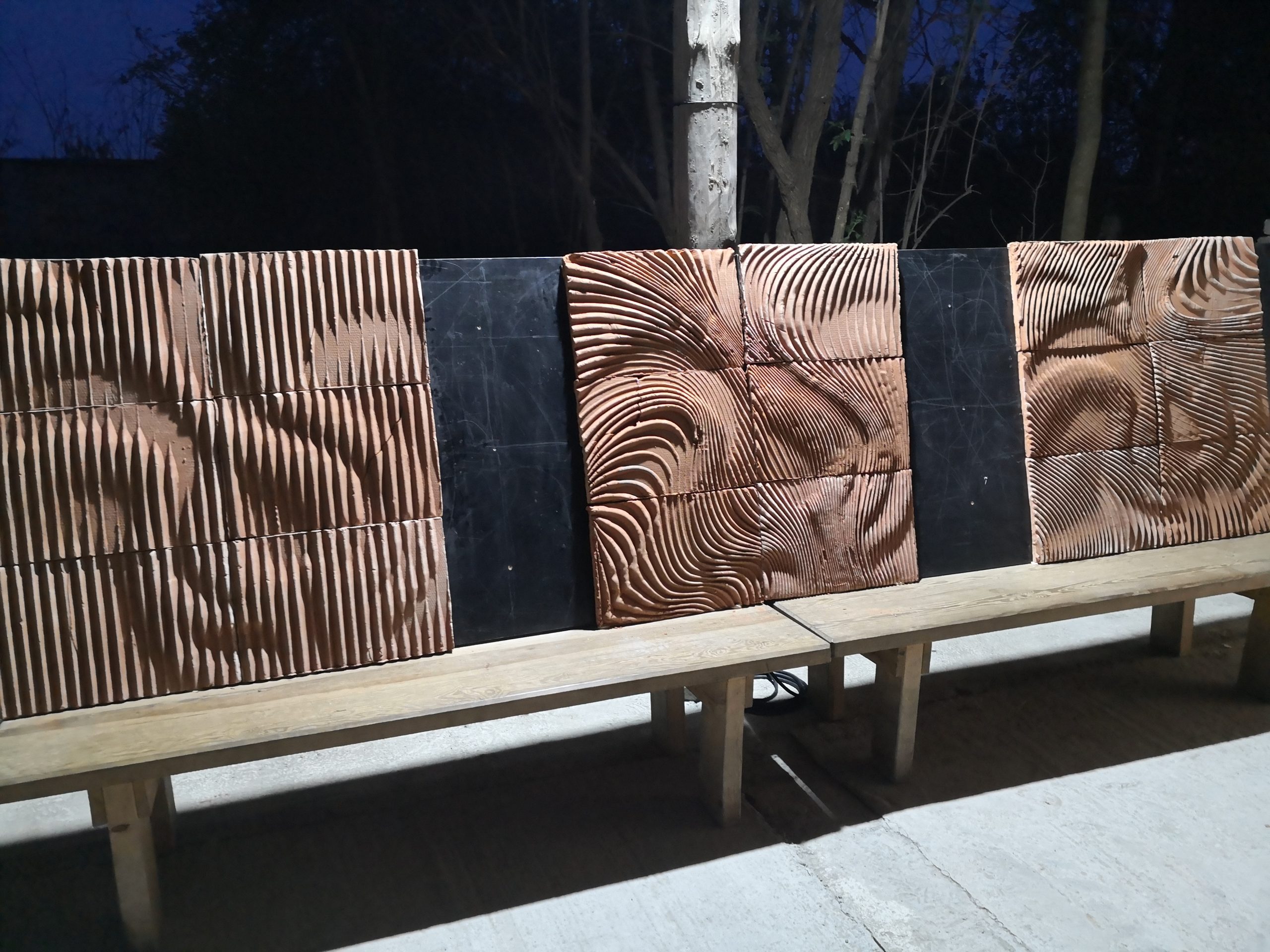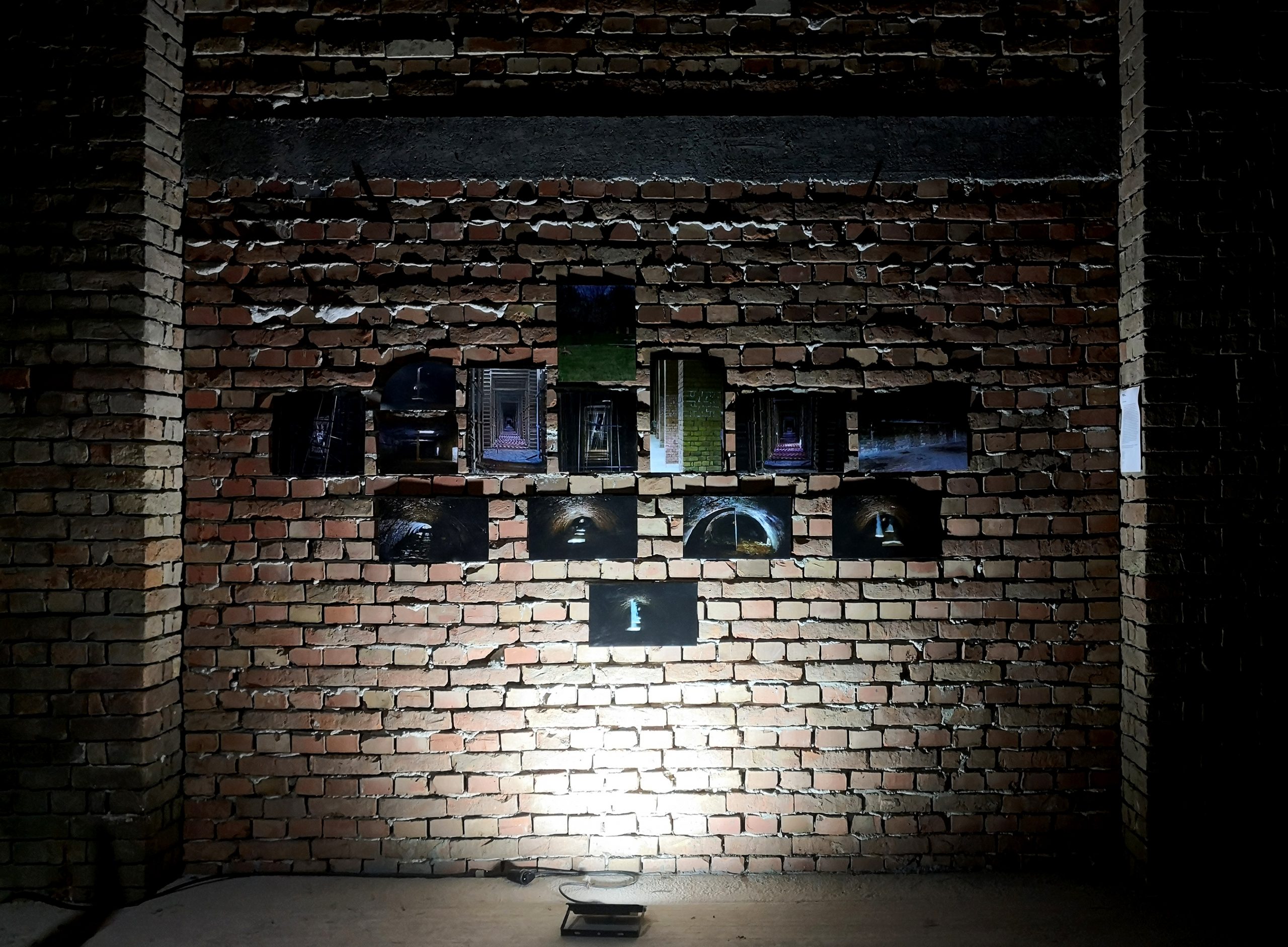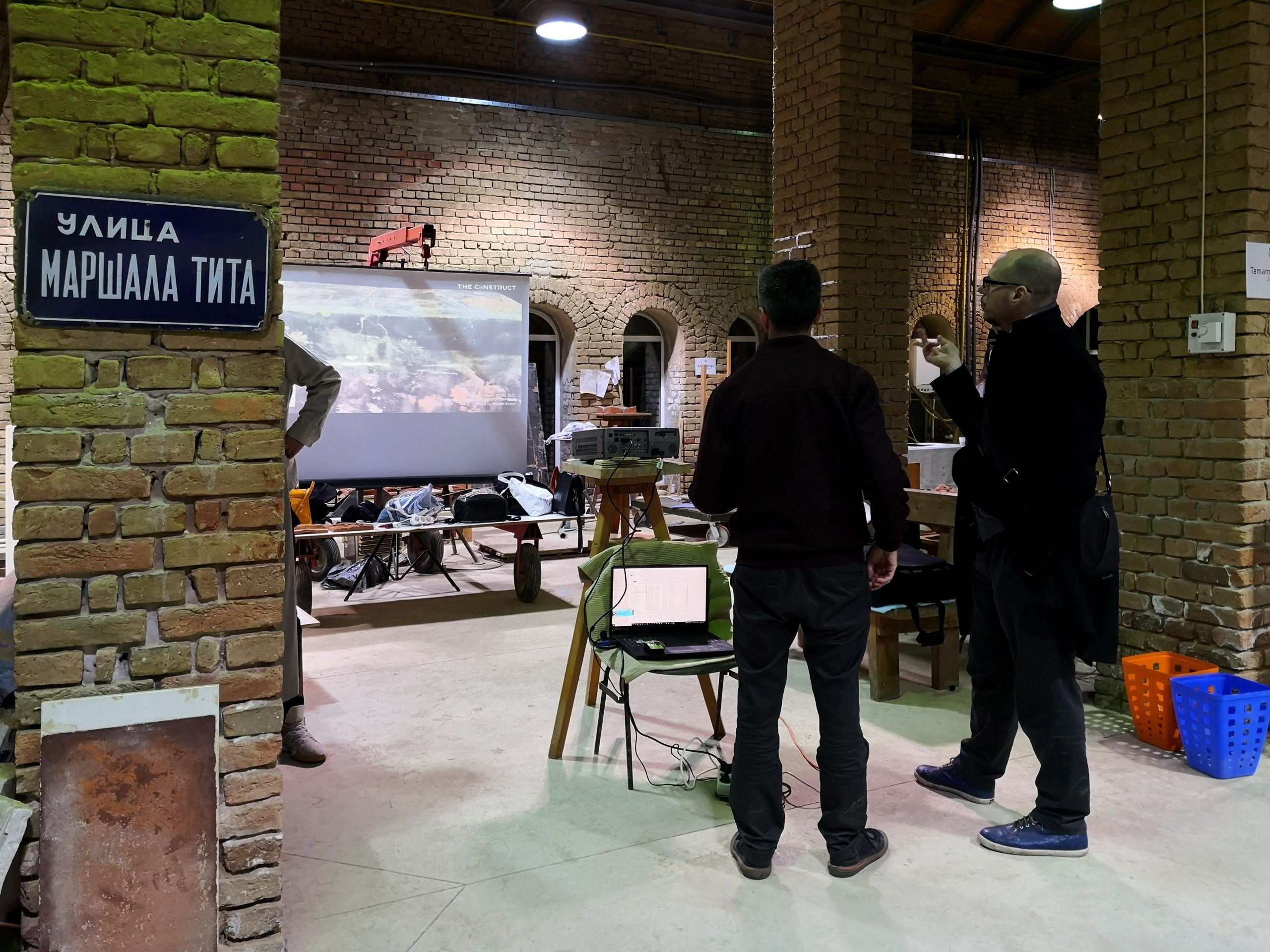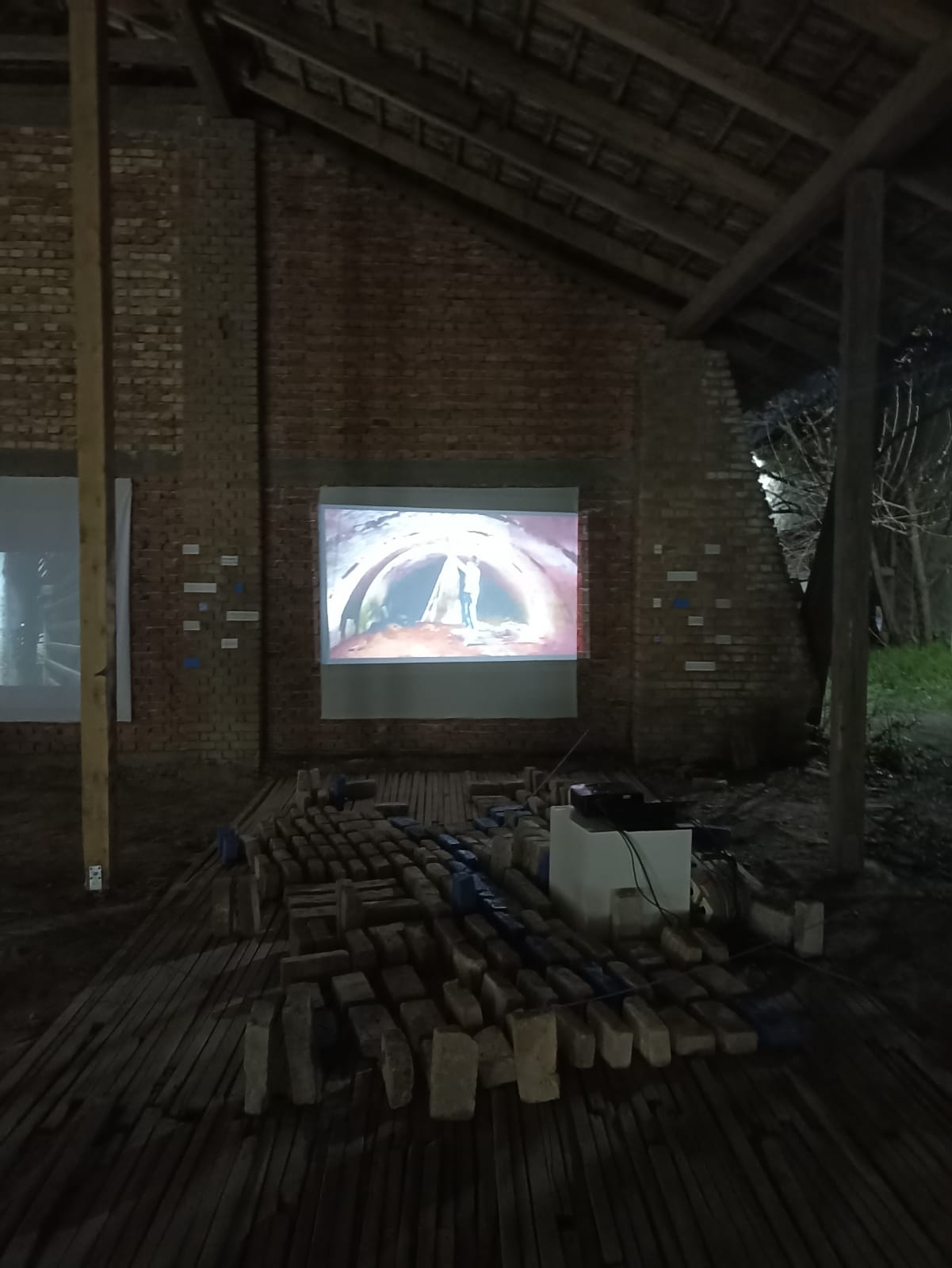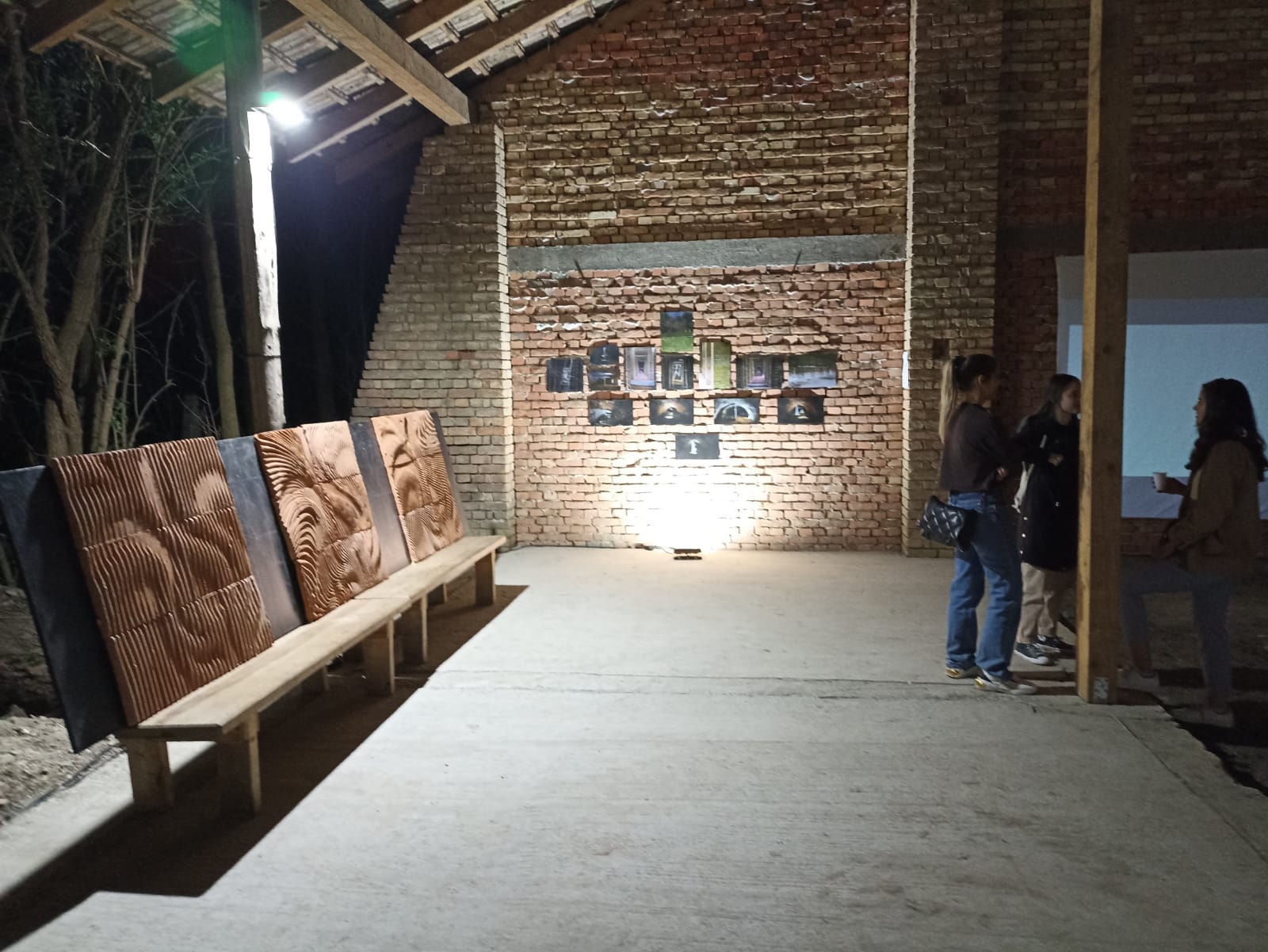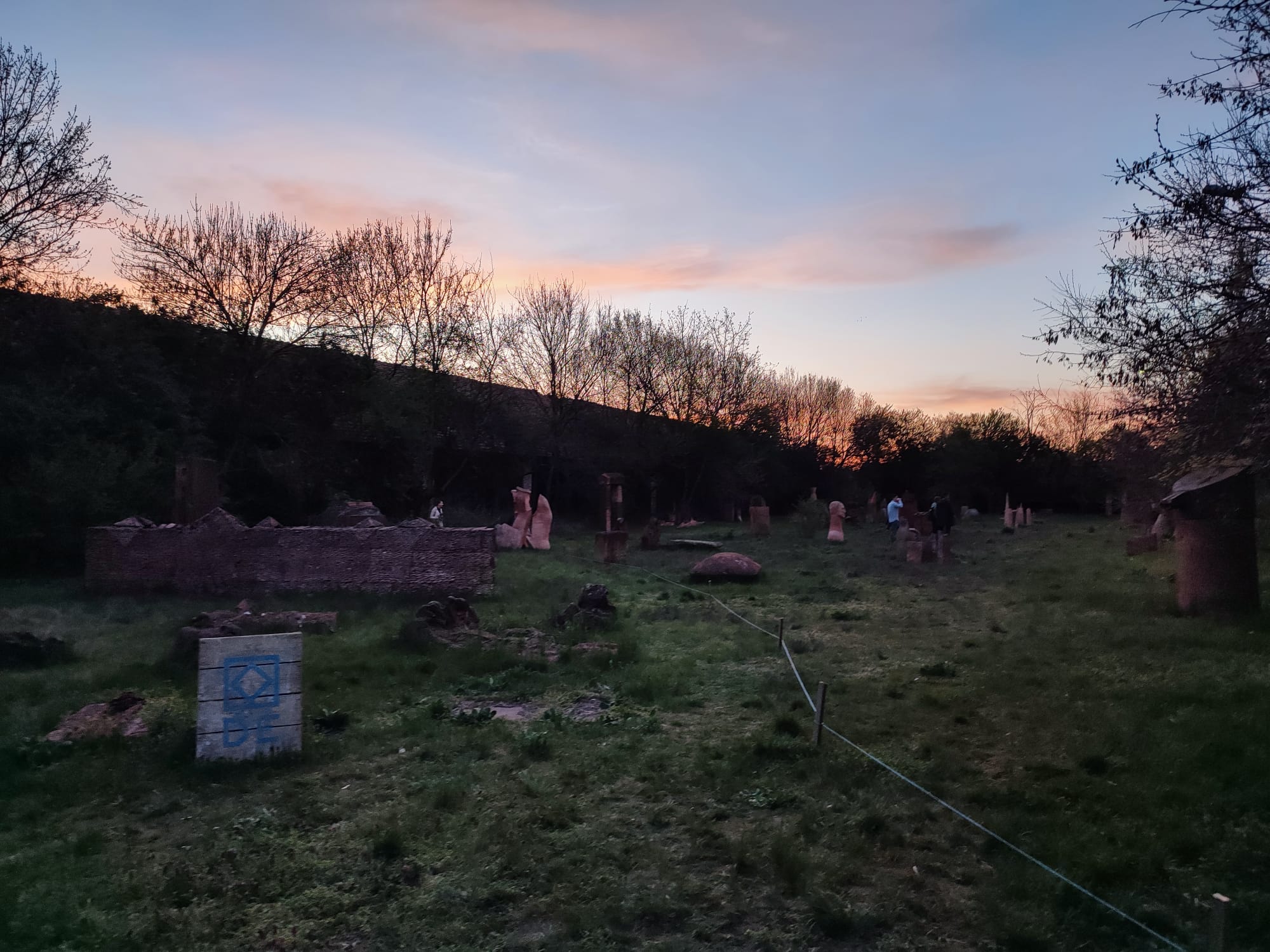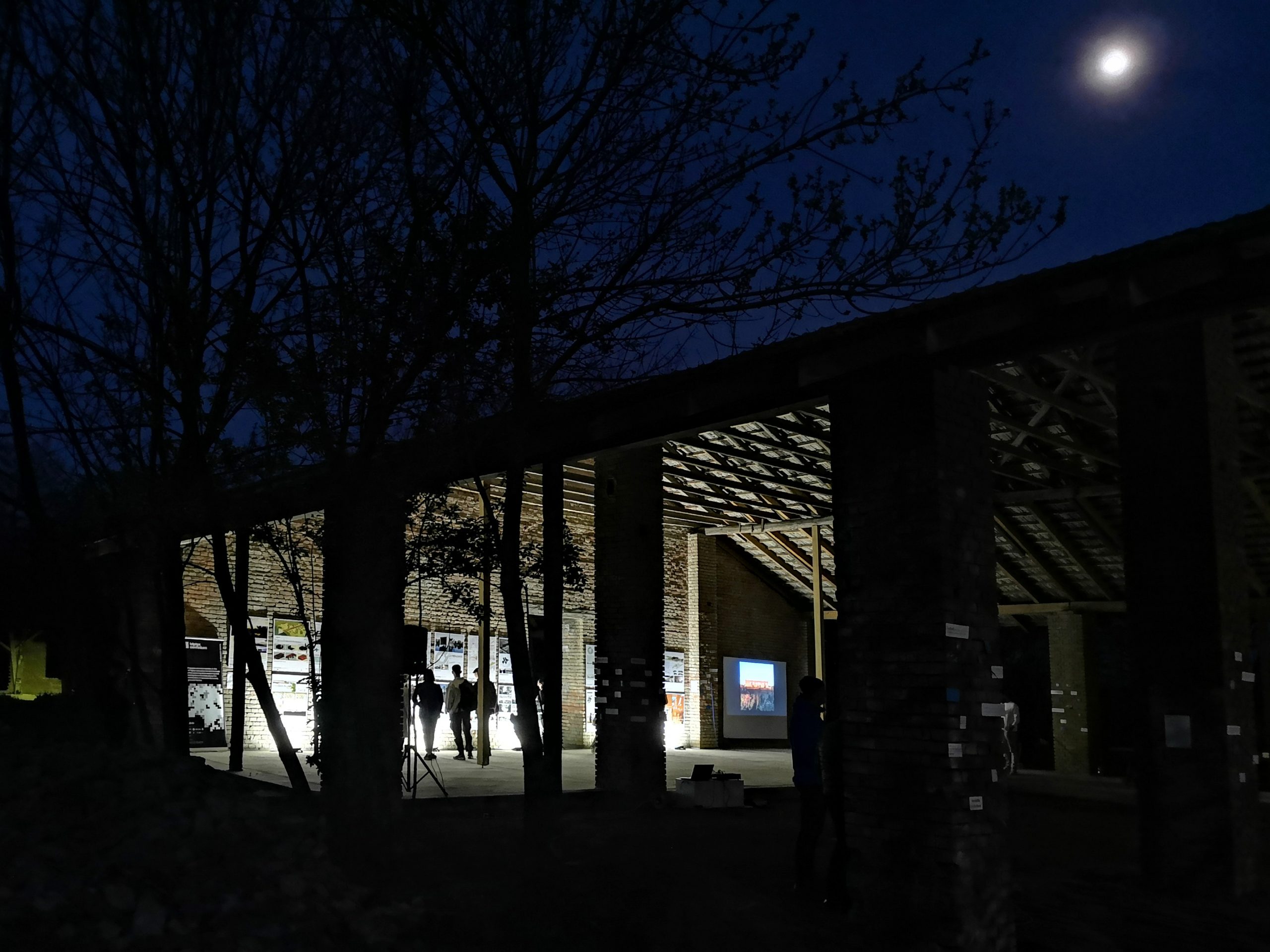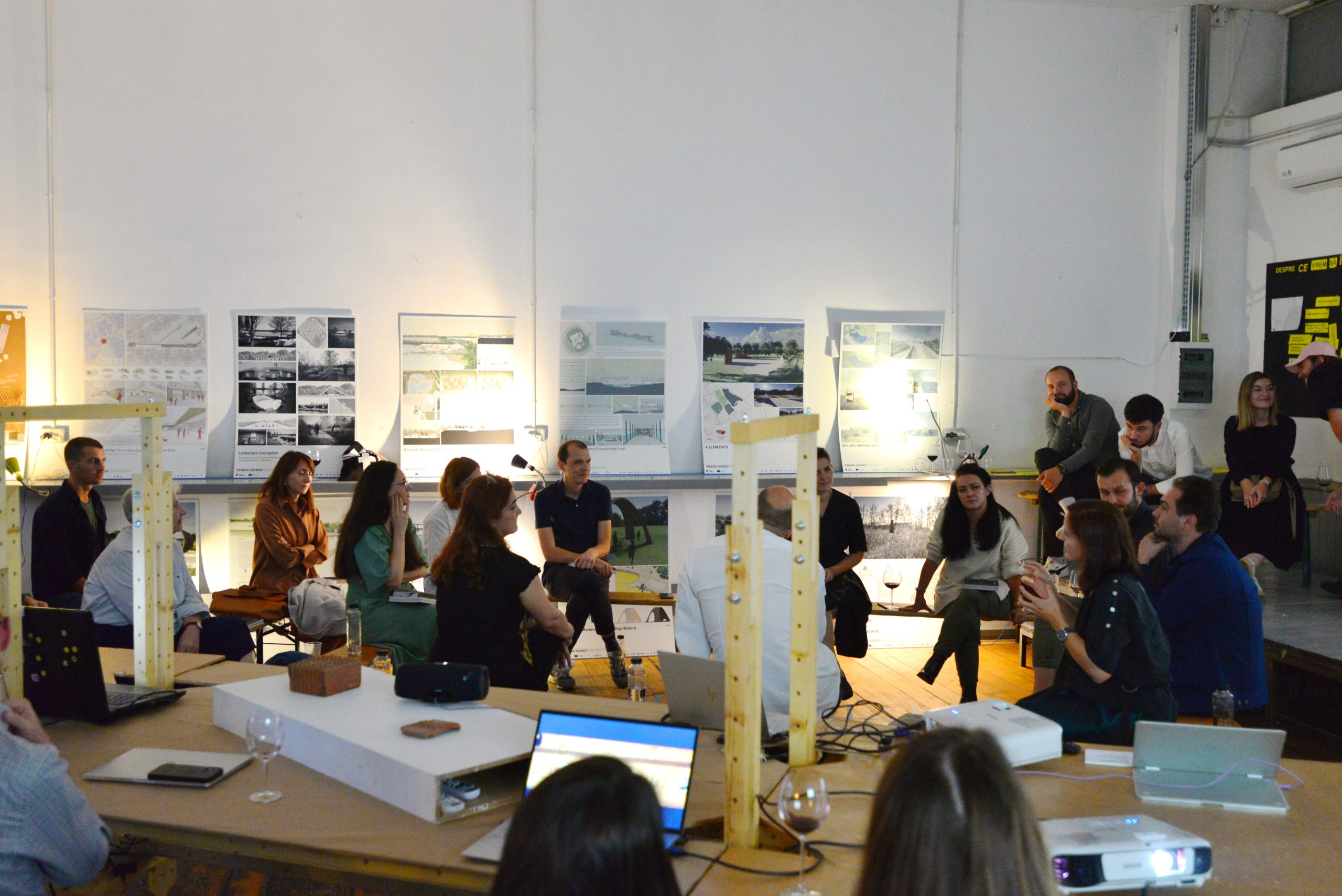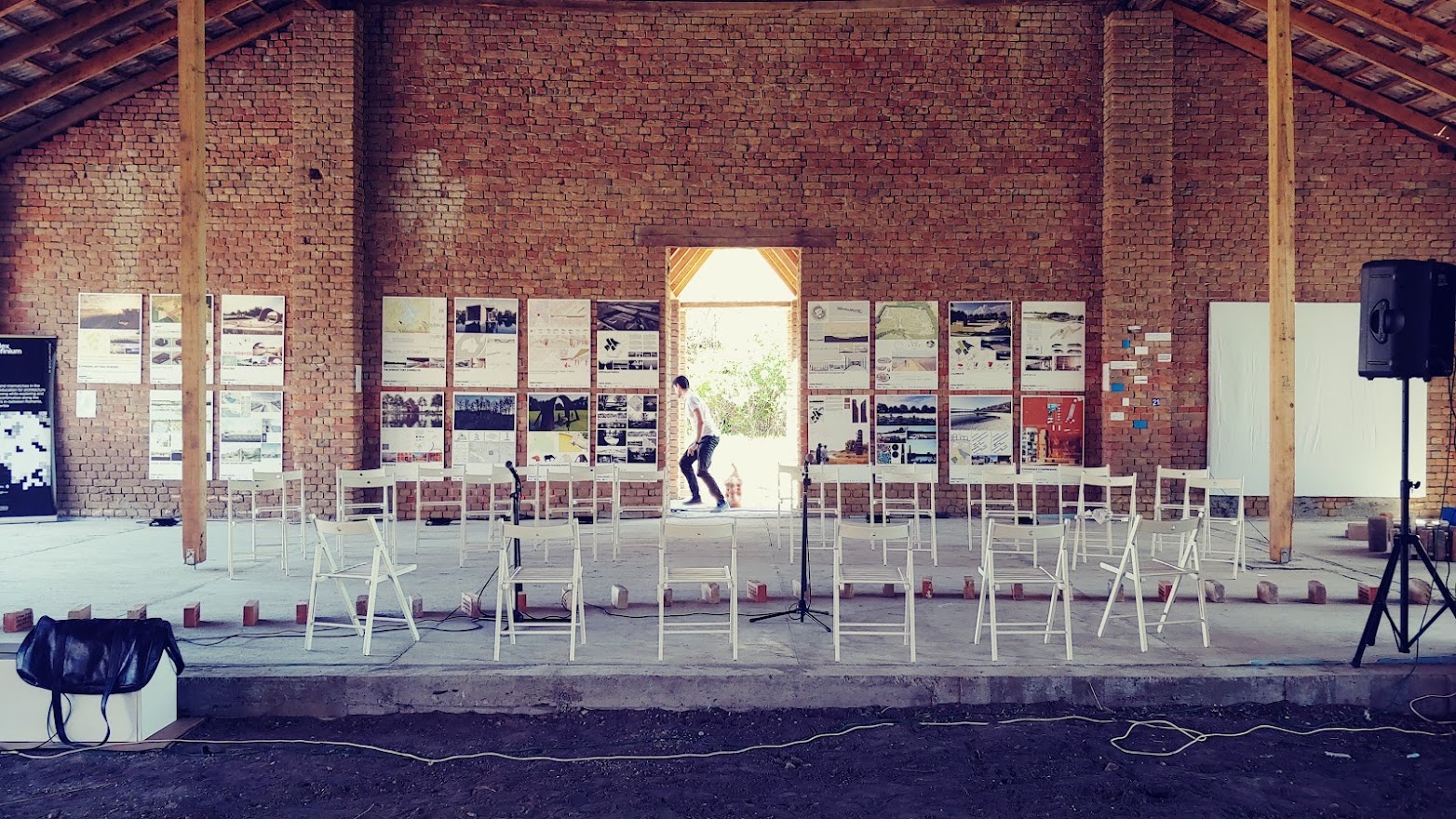
LTT2 KIKINDA CLOSING EXHIBITION and Multiplier event.
TRIPLEX CONFINIUM closes its learning, teaching, training activities
On the 14th of April, the compound of the Terra Studio in Kikinda hosted the second multiplier event and closing exhibition of the two summer schools organized as learning teaching training experiences within the Triplex Confinium strategic Erasmus partnership.
The teaching modules of the two summer schools were designed to tackle the gaps and mismatches between the architecture schools in the Euroregion while addressing the spatial discontinuities along the border between Romania, Serbia and Hungary. They informed partner schools on their common ground, the Banat region, with emphasis on the former brick and tile manufacturing cities of Jimbolia and Kikinda, while bringing forth complementary teaching and research methodologies. These helped partners in the design of the Think Brick international student competition , whose outcomes were shown in the closing exhibition. The four weeks of on site activities in Jimbolia in Kikinda offered participants(tutors and students alike), the opportunity to explore not only each other’s strengths and abilities, but also methodologies for in situ exploration, critical and theoretical debate and design and project communication strategies.
The closing exhibition was in fact just such an output, focused on communicating the projects and the research to a larger audience. For the second multiplier the emphasis was placed on local communities and their reception of the Think Brick submissions as well the larger concept of architectural competitions addressing sensitive sites such as the one in Jimbolia. Two panel discussions were organized with the participation of important actors for each community. The first panel discussion debated on the strength of the transborder cultural network in the region and importance of competitions in communicating cultural projects to a wider audience. The panelists moderated by Mr Cristian Blidariu, dean of FAUT and project manager for Triplex Confinium, were: Mr. Alecksadar Lipovan, cultural manager for Terra Museum in Kikinda, Mr. Rudolf Graef, personal adviser to the Mayor of Timisoara, Mrs. Valentina Mickovski- cultural manager for Kikinda, Mrs.Verica Nemet- Curator for Terra Museum, Mrs. Sandra Banjanin- Cultural Center Zrenjanin. In a second panel talk moderated by Mrs Oana Simionescu (FAUT) project manager for TC, members from the Jimbolia Local Action Group ( Mr. Bogdan Văcărescu and Mrs. Ionela Gorgan) and cultural NGOs ( Ramona Jakobi- Colt de Banat Profesor Ovidiu Geambazu – Jimbolia Gimnazium) were asked to comment on the the relevance of Jimbolia’s industrial heritage, its spatial recognition and the visions presented by the Think brick competition.
The two talks connected the panelists with an audience made up of architects and researchers from Timisoara, Novi Sad, Belgrade, Budapest.
The first leg of the event was followed by a presentation of the Think Brick competition concept, its teaching and research methodology as wel by the award ceremony. The international jury’s report was read and the Wienerberger Think Brick prices awarded. More on the award ceremony, jury report and winning projects will shortly follow in a dedicated post.
The event’s final segment was dedicated to a tour of the exhibition. For the next hour, tutors from UNS and FAUT had a chance to explain their outputs and methodologies in digital fabrication, digital mapping, and in situ artistic exploration to a group of over 50 young architects from the region.
As night fell on the Terra compound, the six video projection screens became visual cues of the larger event. BME’s filmic explorations of the Terra building, impressed audiences with their ability to visually map the spatial qualities as well as the functional dimensions of the former Bohn tile factory in Kikinda. FAUT’s video showcased the photogrammetry workshop and the scanned 3d objects. Behind the Terra kiln building, in the old tile dryer, the carefully hidden artistic installations made by the Debrecen School, questioned visitors’ perception of spatial dynamics, size and scale. Last but not least the entire exhibition concept, designed by the experienced UAUIM team, whose former exhibition output can be traced all the way to the Venice Architecture Biennale, placed the members of the audience in a scaled model of the territory. Using discarded bricks, students and tutors retraced the outline and grid pattern of the regions towns and villages, Kikinda, Jimbolia, Mako, Dudesti, the border separating them and the Triplex Confinium point. Using the sociological interviews carried out under the leadership of the UBB and SUSKO teams of tutors, students retraced and even materialized in thin blue threads, an important transborder network of connections between people, places, and their personal stories. With the border as the sole element separating these threads, participants from all countries were engaged to take part in a collective dismantling of the border, by simply removing bricks from its outline and placing them back into the pile from which they came from. A symbolic gesture, emphasizing not only our project’s ideal but the effort each of us, as individuals, play in this process of reconnection.
Triplex Confinium continues in the next four months, with the more multiplier events, exhibitions, as well as with the launch of our final teaching modules and digital publication.
KIKINDA summer school – April 2021
Coordination and organising team: Bojan Tepavcevic (UNS), Cristian Blidariu, Oana Simionescu (FAUT/UPT)
Teachers:
BME: Gergely Sági, Zoltan Major, Peter Kronavetter DEB: Tamas Szentirmai, János Vági, Miklós János Boros FAUT: Răzvan Dinu, Ioan Andreescu, Cristian Blidariu, Oana Simionescu SUSKO: Kaloyan Tsvetkov UAUIM: Irina Tulbure, Cristian Borcan, Cristian Bădescu, Irina Băncescu, Alexandru Belenyi UBB: Norbert Petrovici, Cristian Pop UNS: Bojan Tepavcevic, Miloš Vucic, Marko Jovanović
Guests: Aleksandar Bede (DaNS), Pál Gyürki-Kiss (TB jury), Ștefan Ghenciulescu (TB jury), Dominika Tihanyi (TB jury), Levente Polyak (Eutropian), Daniel Kovacs (KEK), Ilinca Păun Constantinescu (Ideilagram), Anca Chiș
Students:
BME: Paragi András Bence, Herner Dániel,Tamás Révész, Giovana Benvenuto
DEB: Dávid Kozma, Balázs Fleischer, Fanni Balázs-Kercsó, Kincső Jakab
FAUT: Jacqueline Iancu, Laura Argeșeanu, Lucia Bolojan, Alexandru Naghiu
SUSKO: Mihaela Petrova, Irena Georgieva, Lyubomira Georgieva, Ziyatin Isufov, Tsvetina Buzova, Elena Samardzhieva, Borislava Filcheva, Kristian Kirilov
UBB: Vlad Bejinariu, Gorgan Robert-Andrei, Diana Alexandra Marțiș, Andreea Budai
UAUIM: Andreea Diana Roman, Alexandra Creț, Alexandra Pestritu, Oana Stoian
UNS: Milica Biorac, Andjela Jovanovic, Gordana Savković, Isidora Ratajac
Local Stakeholders:
The honorable Nikola Lukač – Mayor of Kikinda
The honorable Darius Postelnicu – Mayor of Jimbolia
Slobodan Kojić, Terra Museum, MA Managing Director, Academic Sculptor
Aleksandar Lipovan – International relations Manager Terra Studio
Verica Nemet- Terra Museum, Curator, Art Historian,
Sandra Banjanin -Cultural center Zrenjanin
Saša Tanackov – Kikinda City Council Member for Economy and Investment
Valentina Mickovski- Kikinda City Council – Cultural manager
Sergiu petru Dema- Jimbolia – cultural manager
Cristina Dema- Jimbolia – Press museum
Jakoby Ramona – Hambarul cu Carte- NGO- Comlosu Mic
Prof. Mihaiela Geambazu – Headmaster of Jimbolia Gimnazium
Prof. Ovidiu Geambazu – profesor Jimbolia
This program could not have been possible without the support of the European Union through the Erasmus+ Program and of our partners:
Wienerberger România, TERRA Museum, TERRA Studio
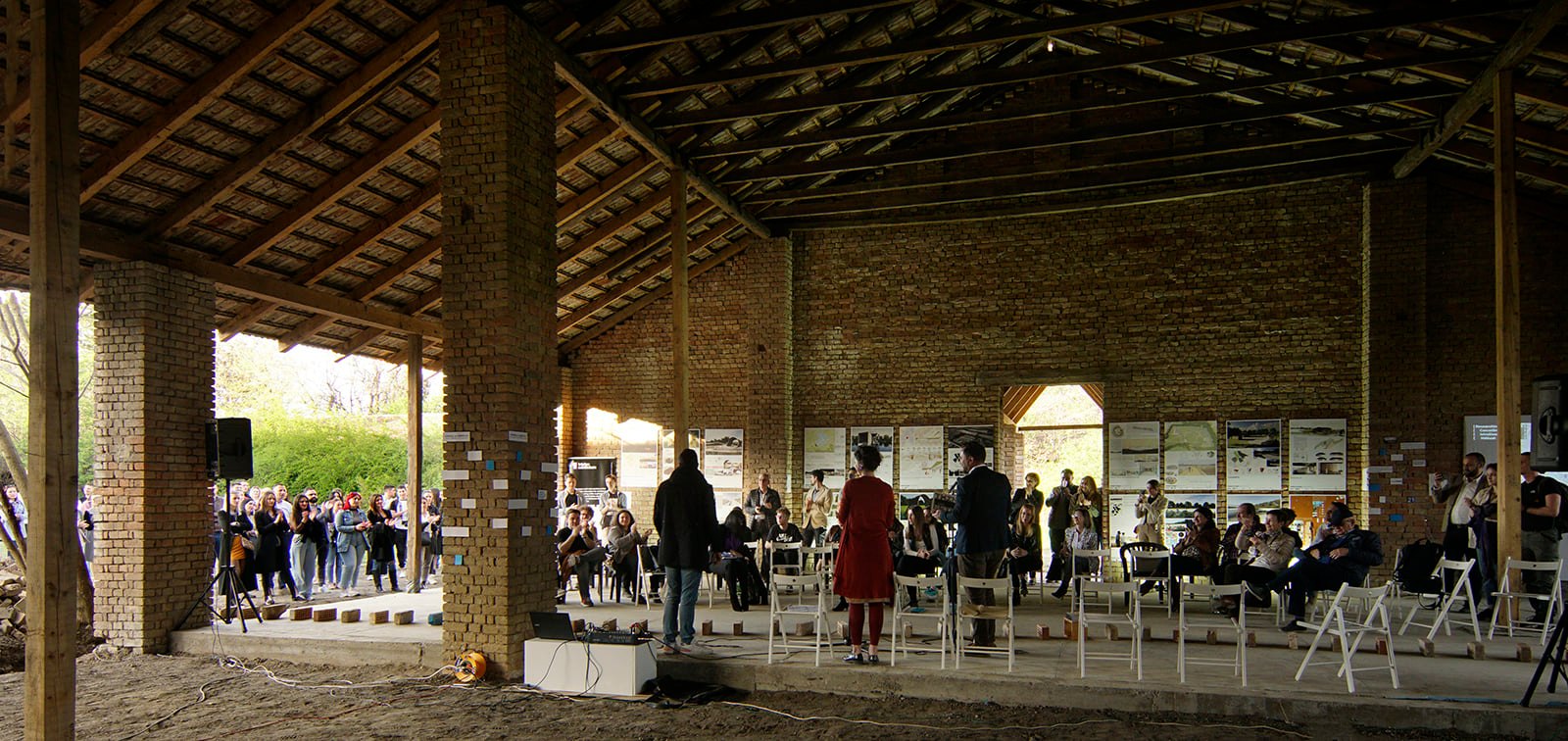
text. Cristian Blidariu






